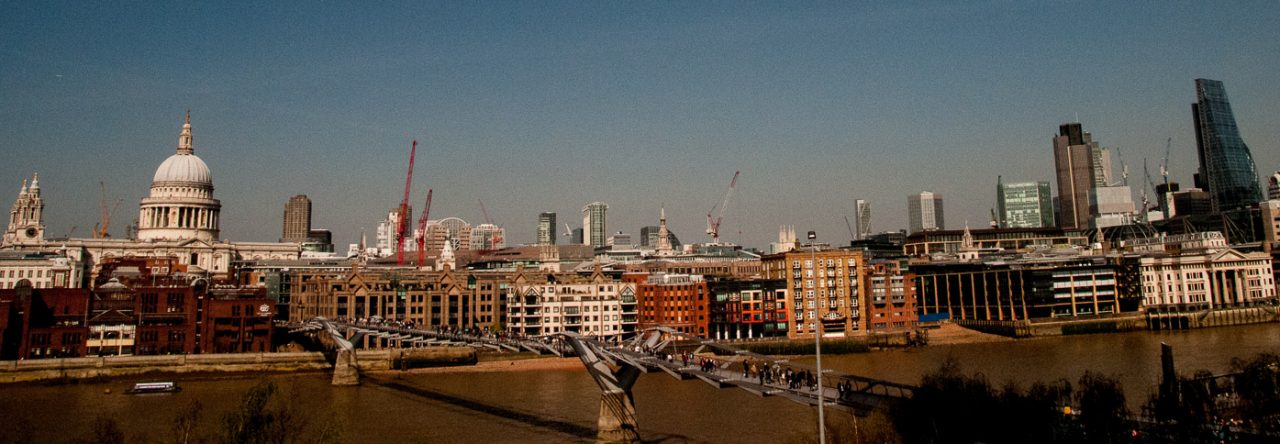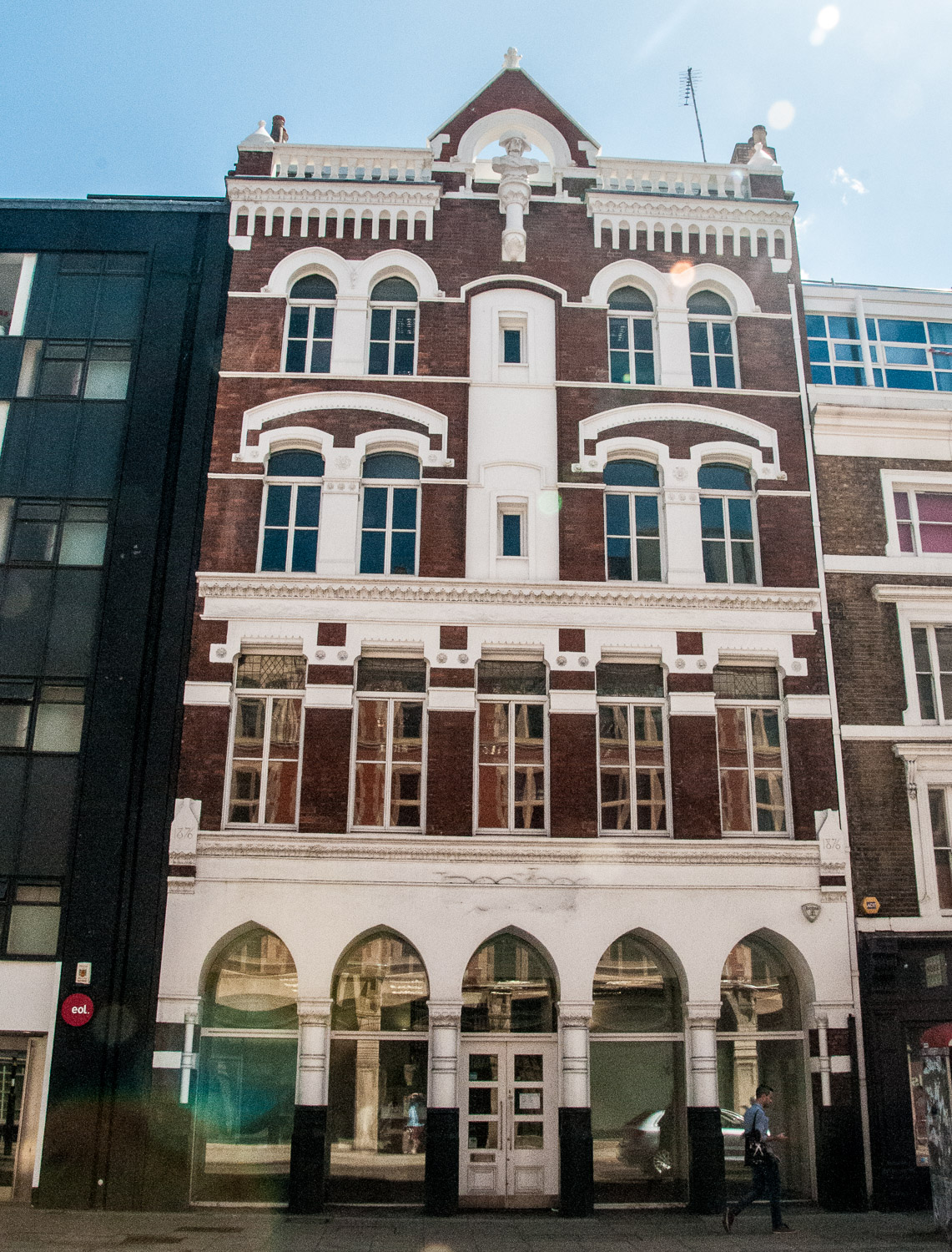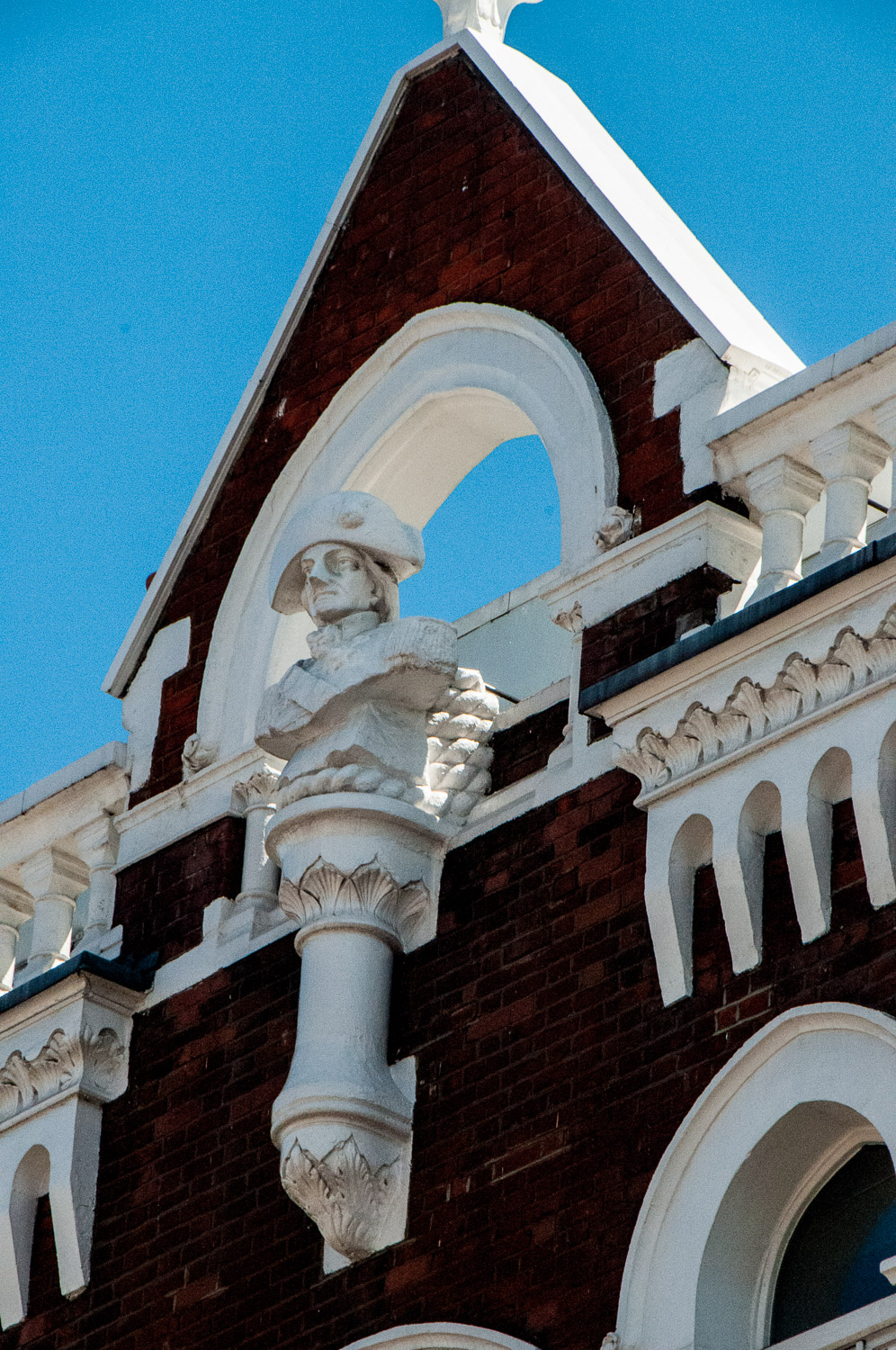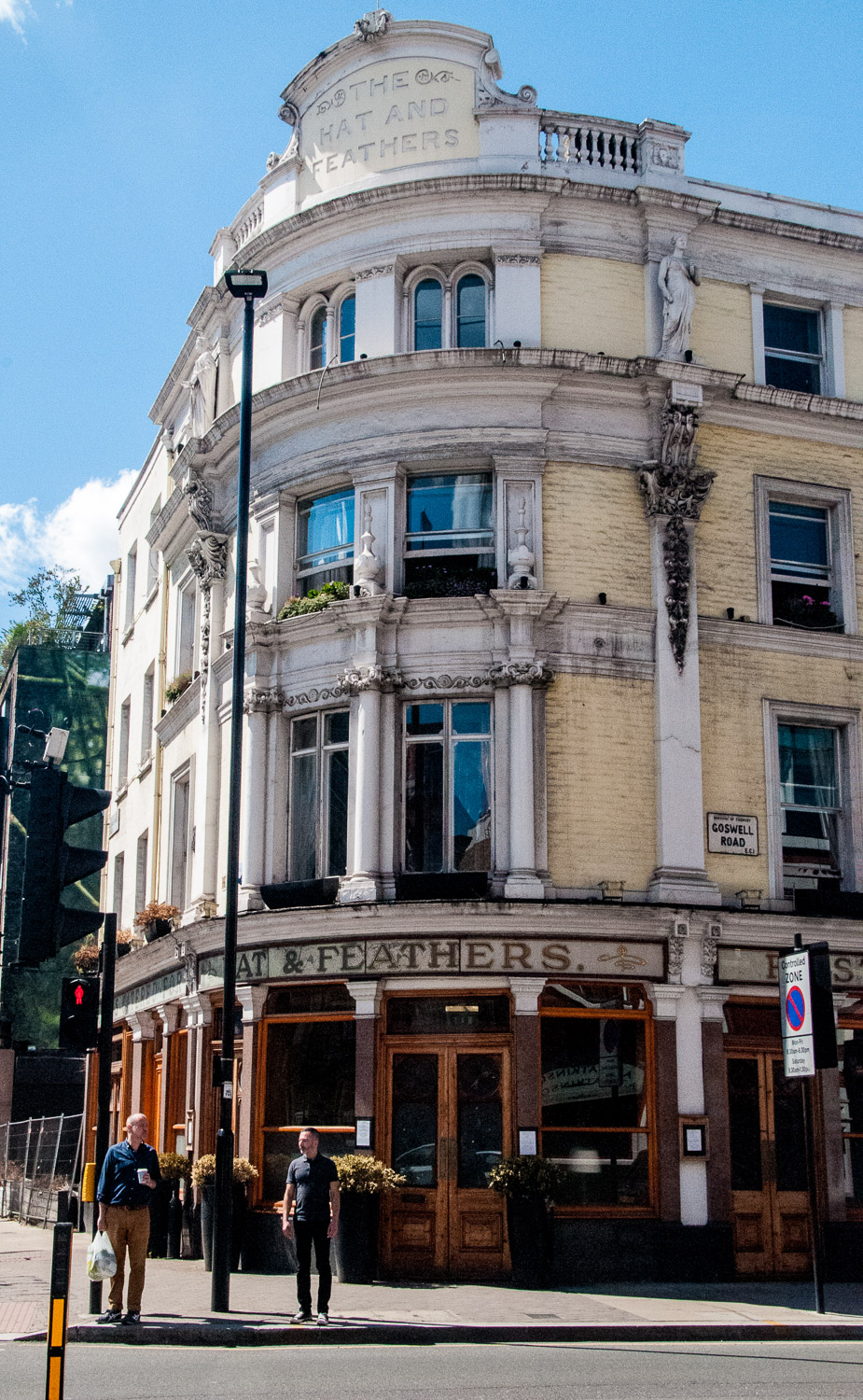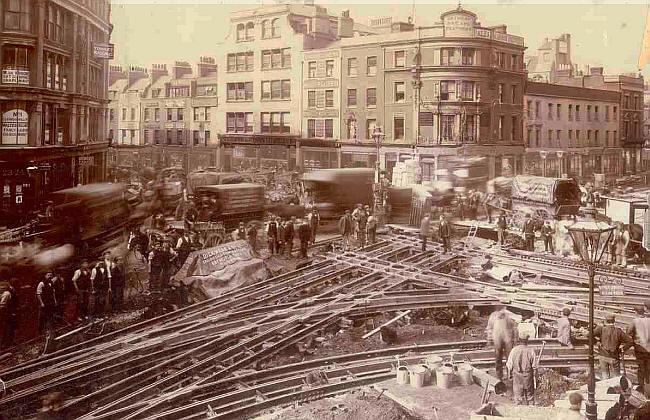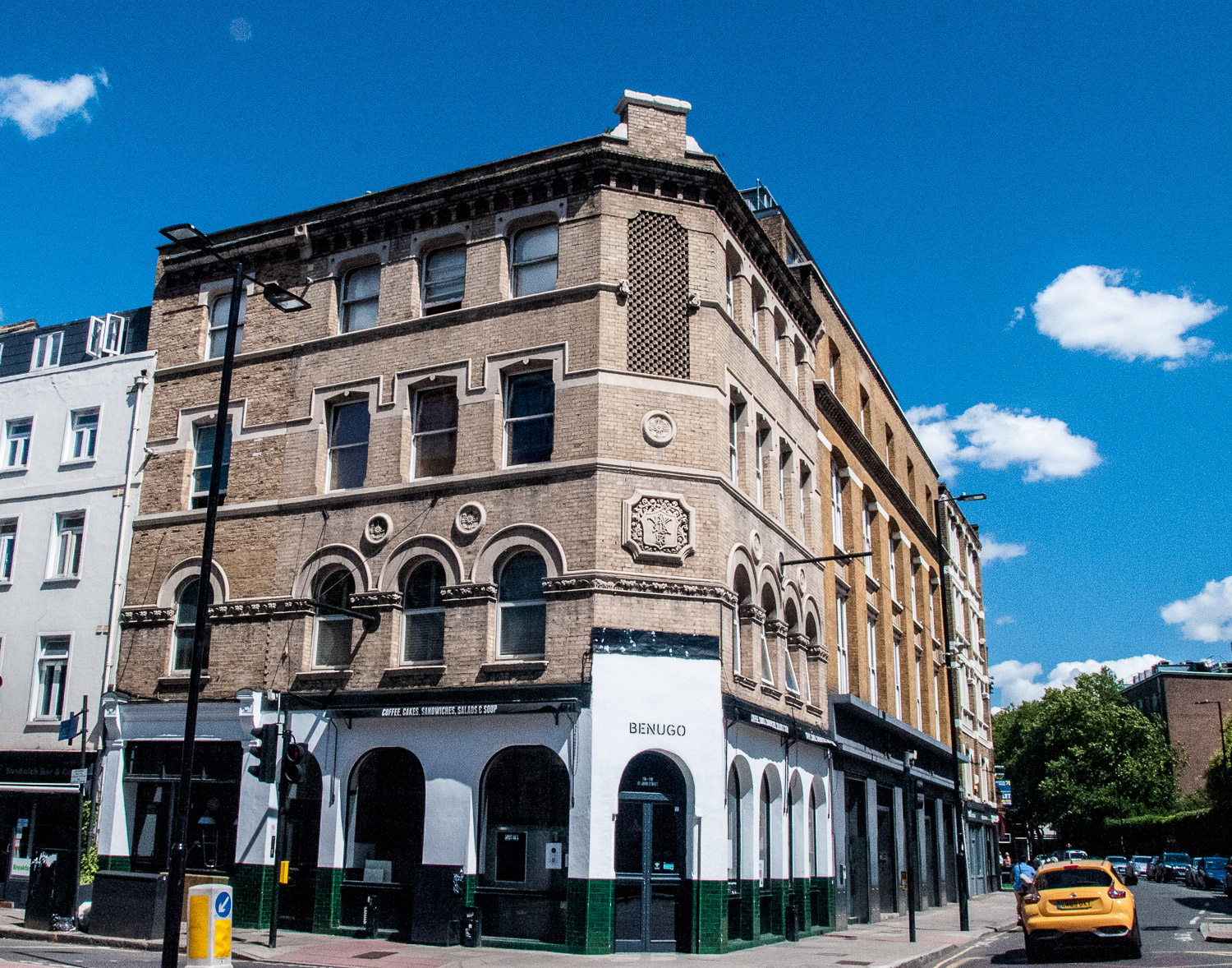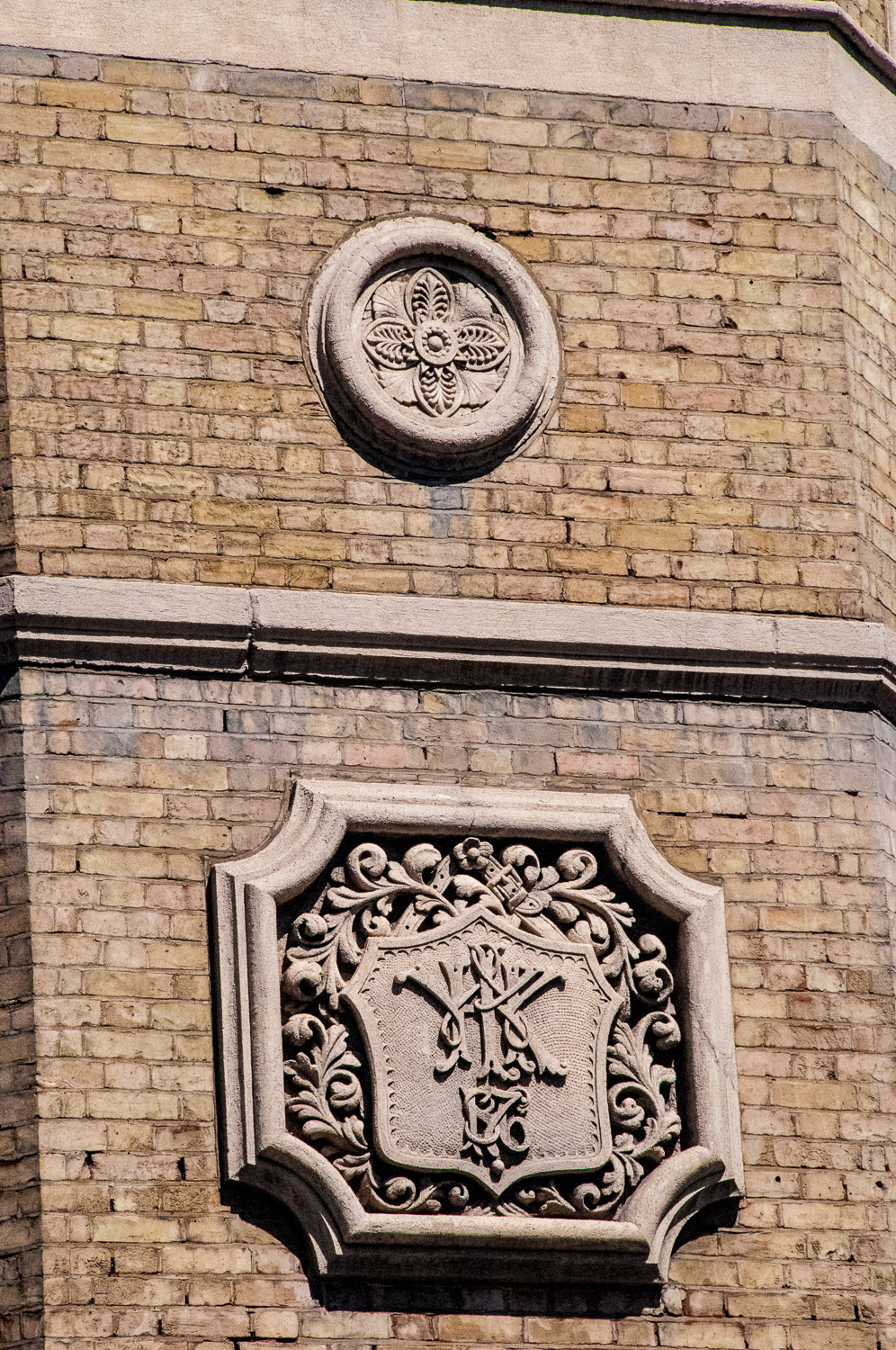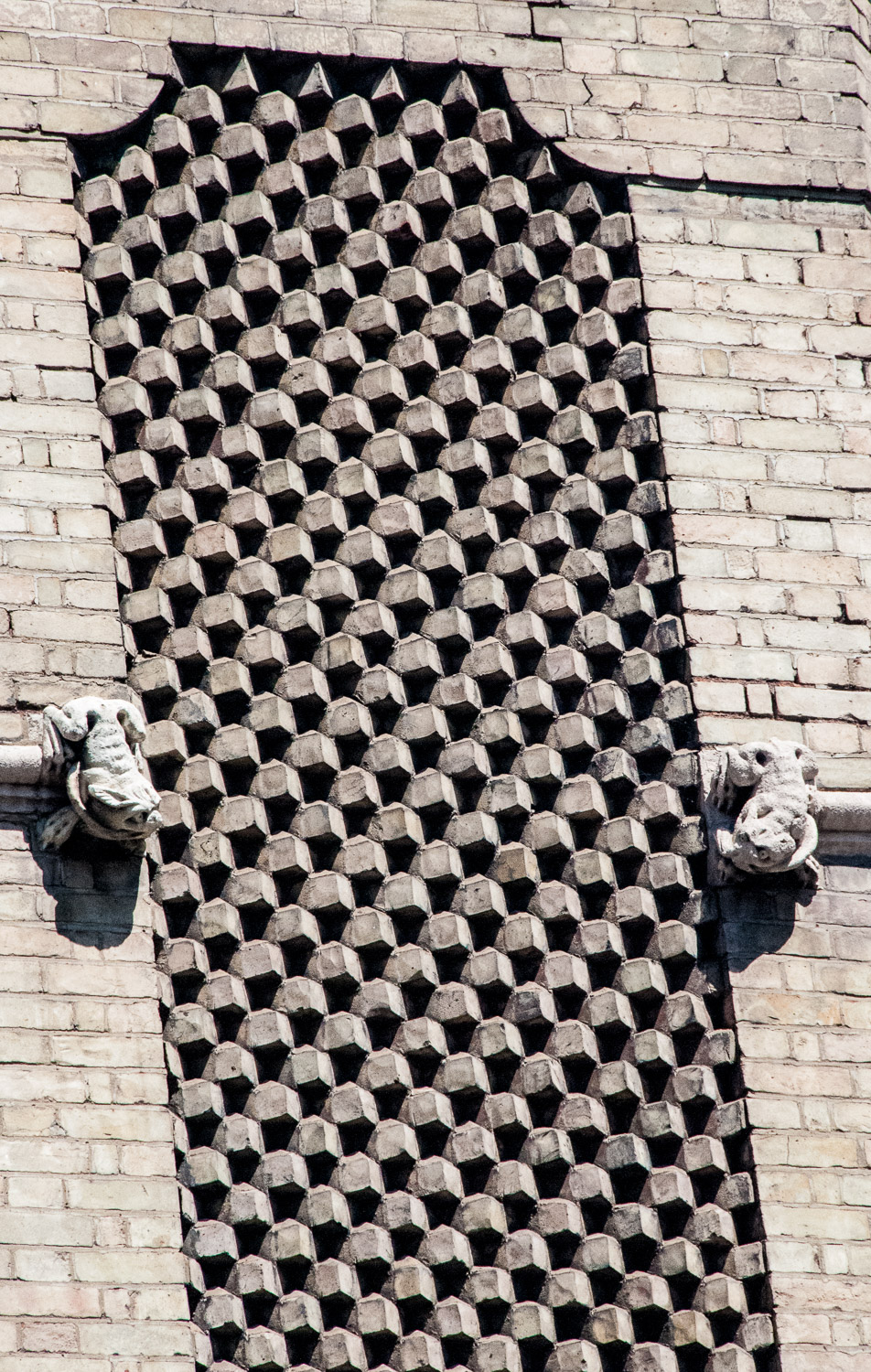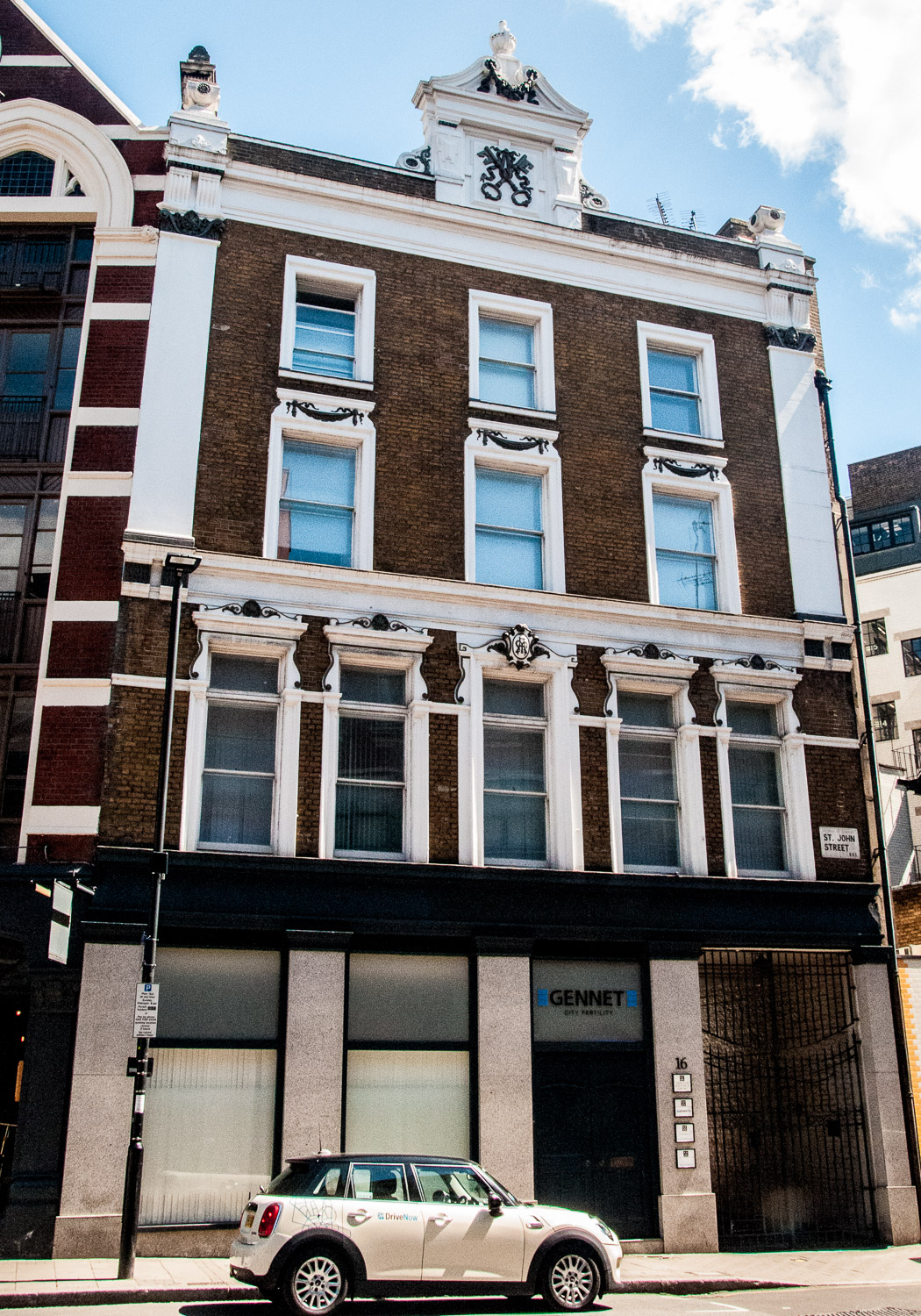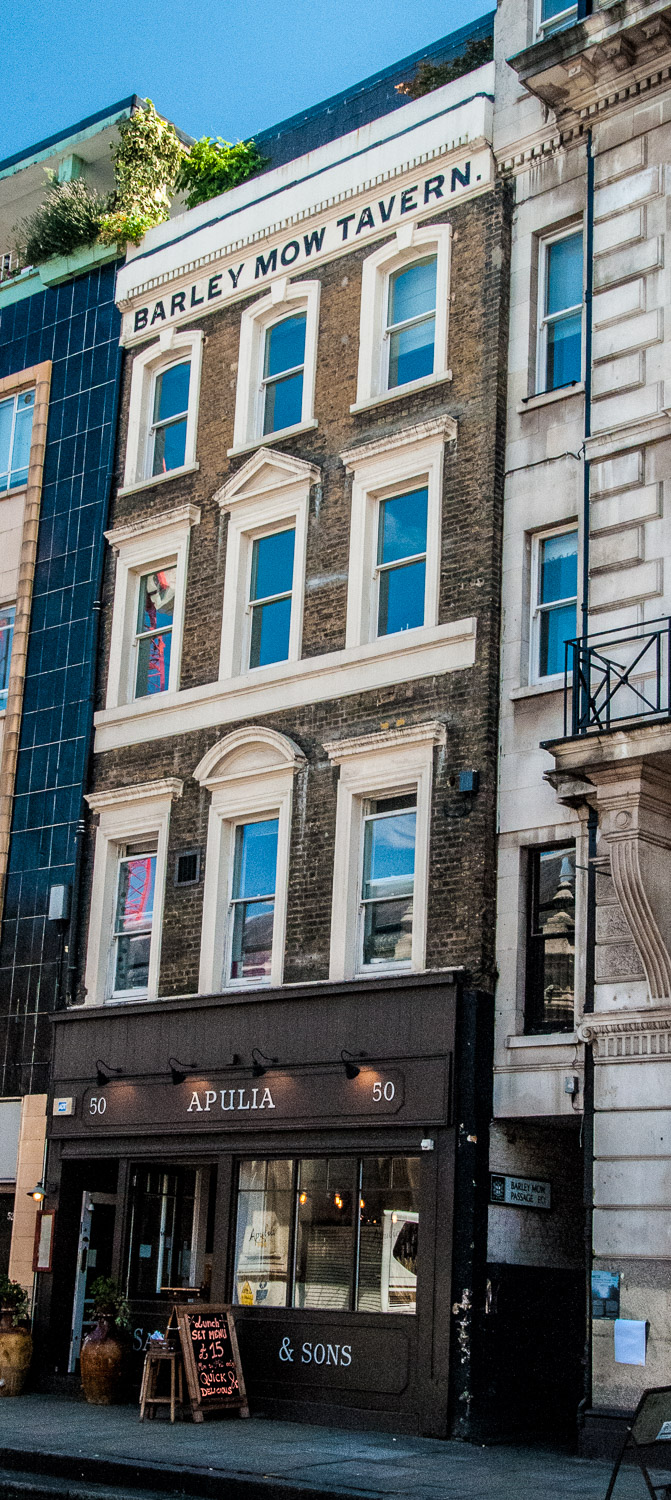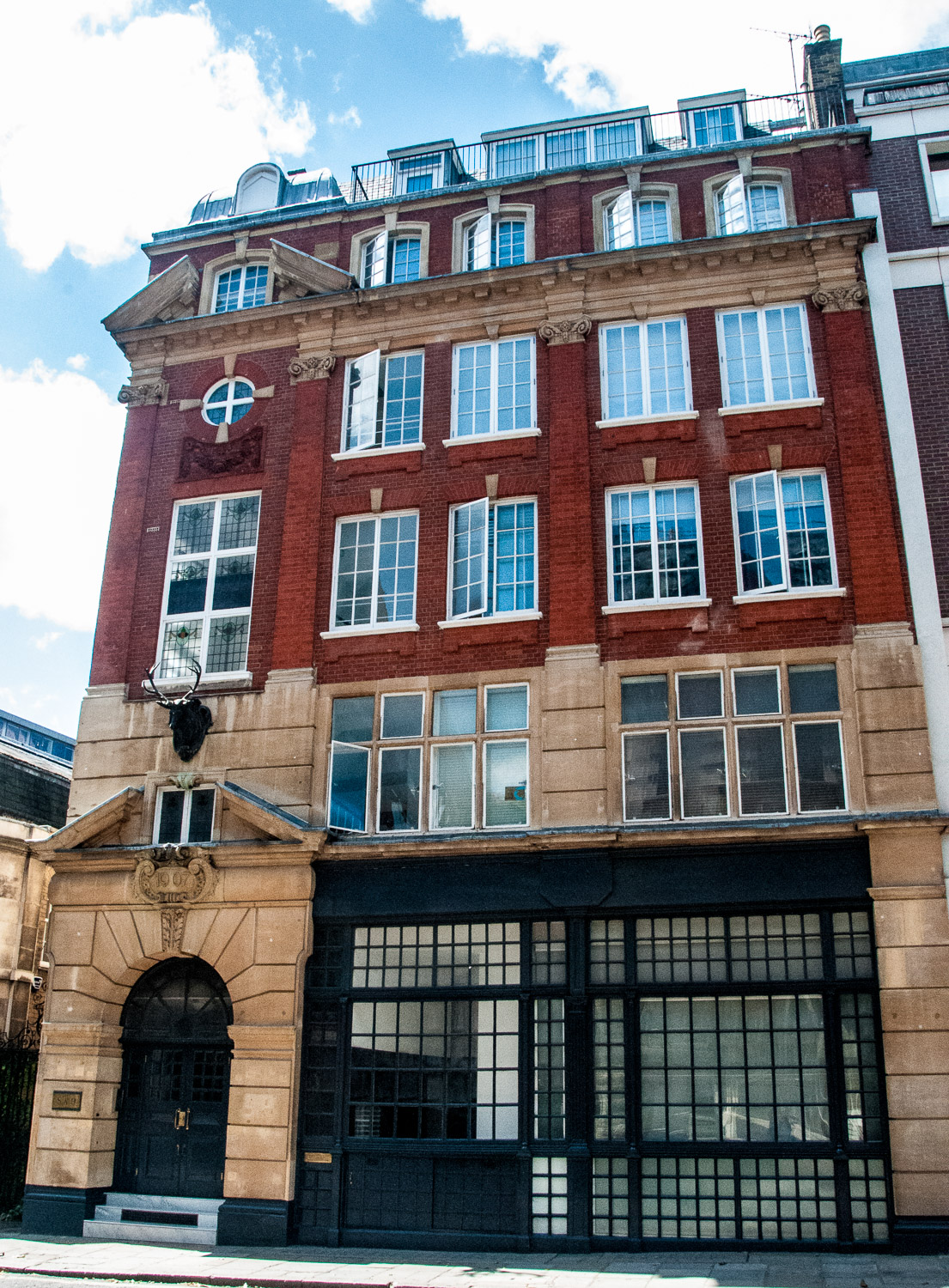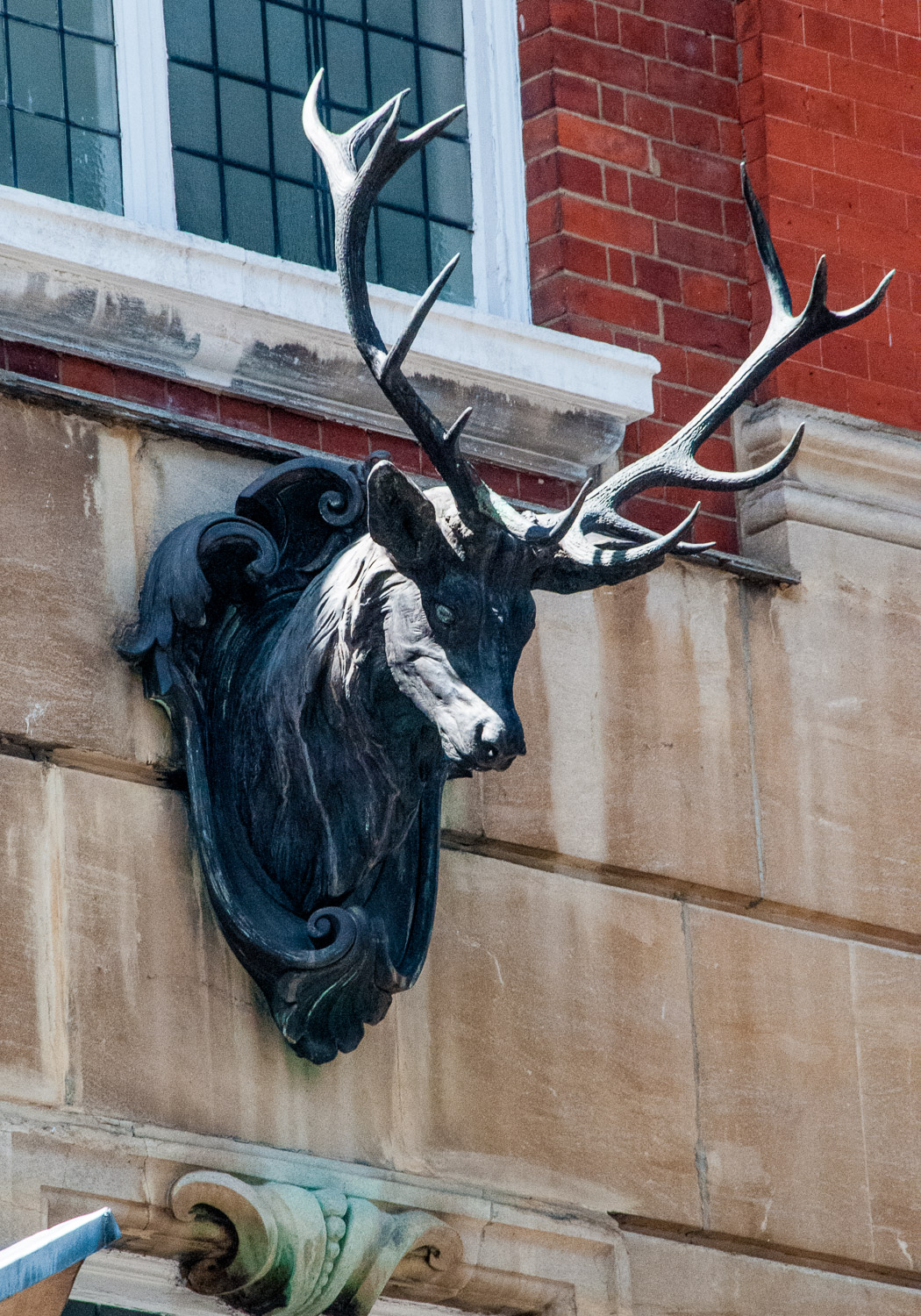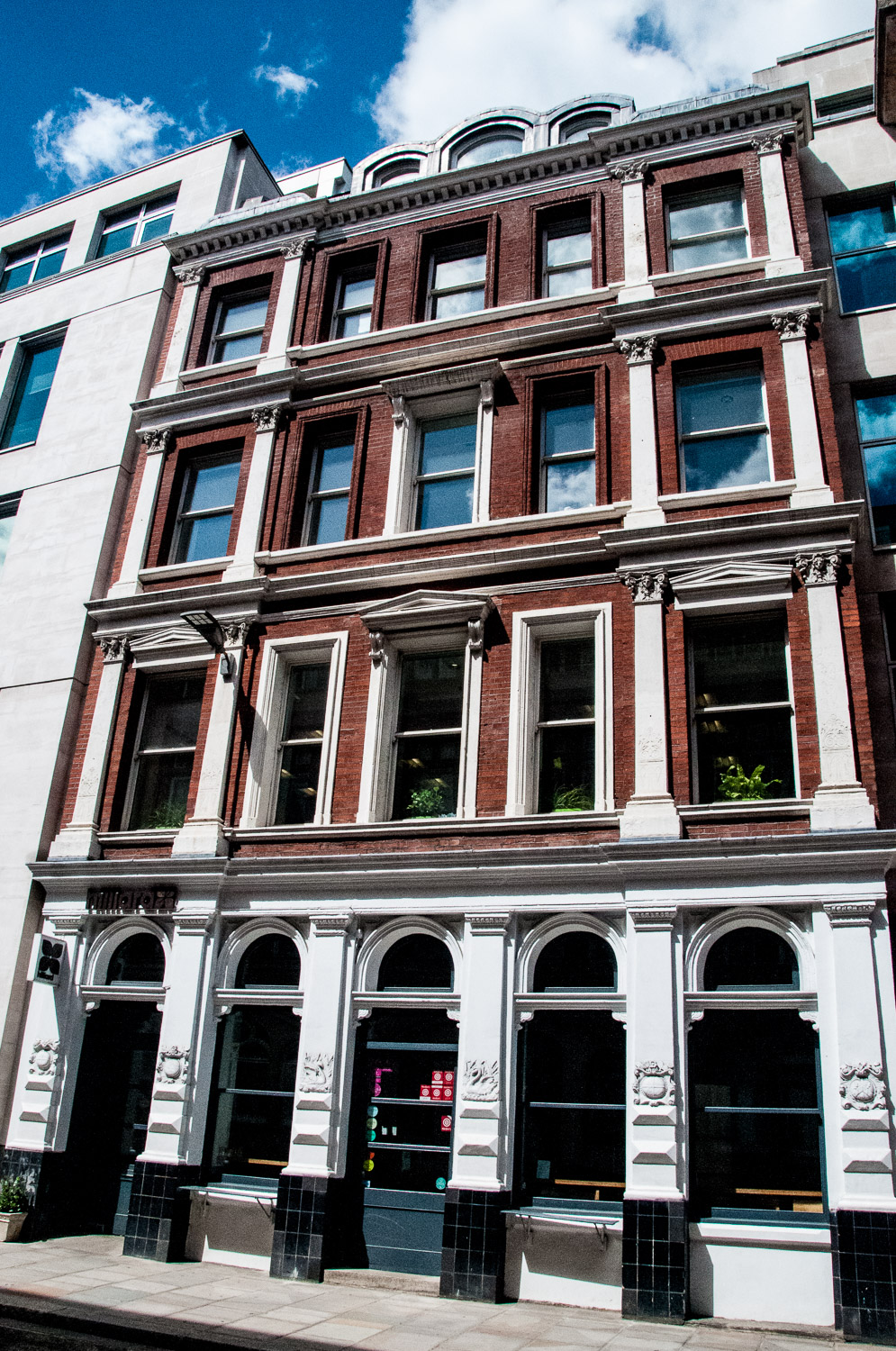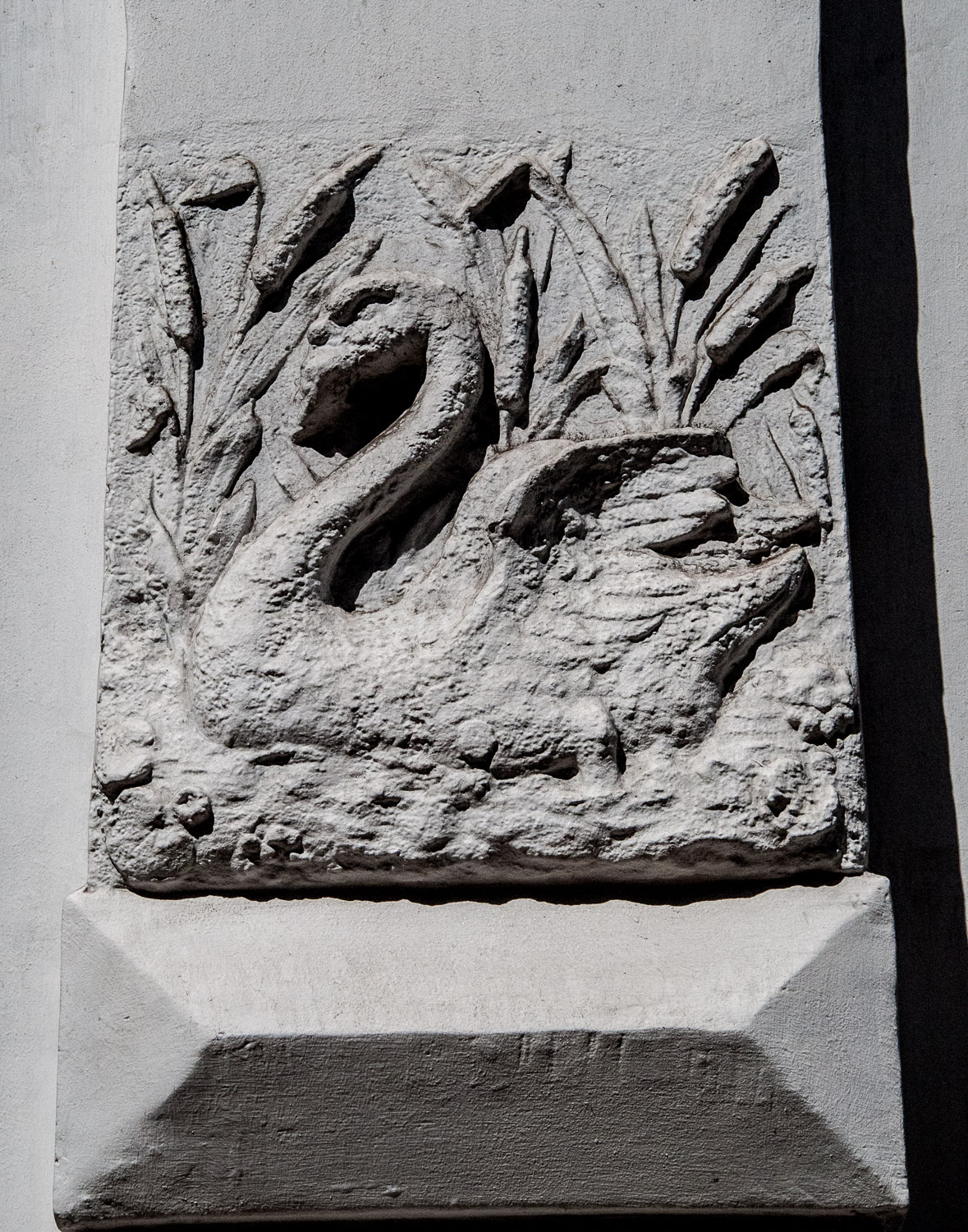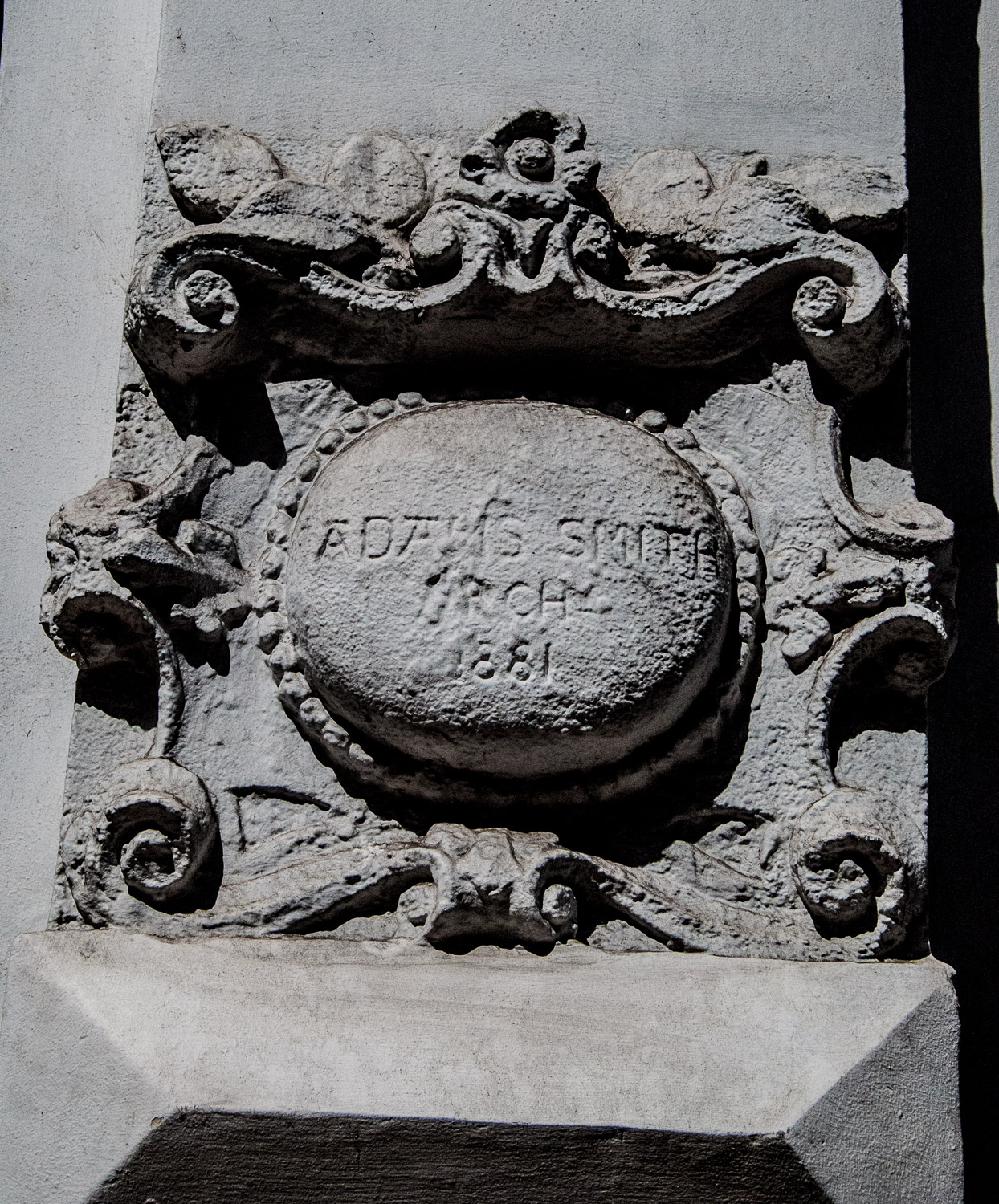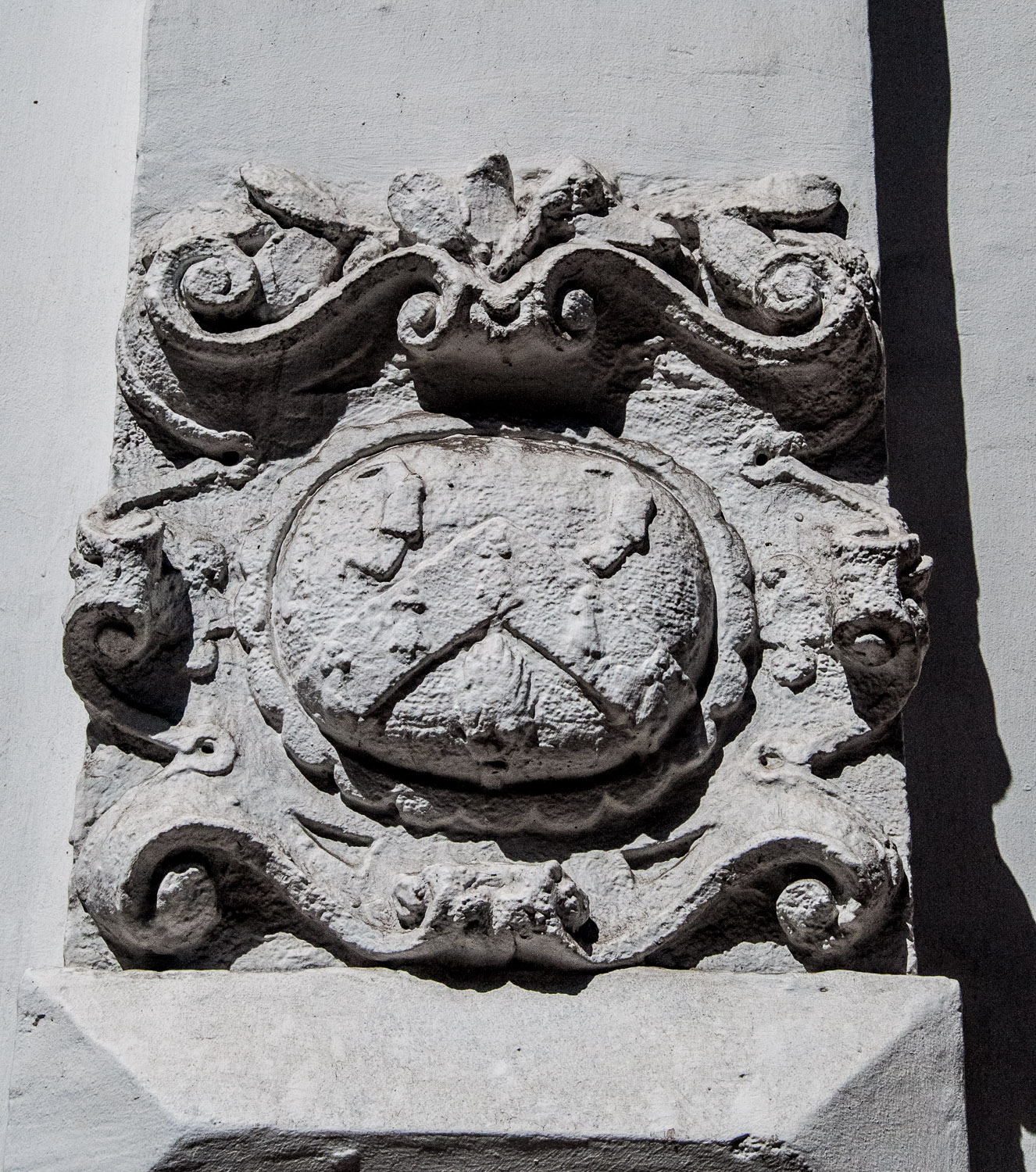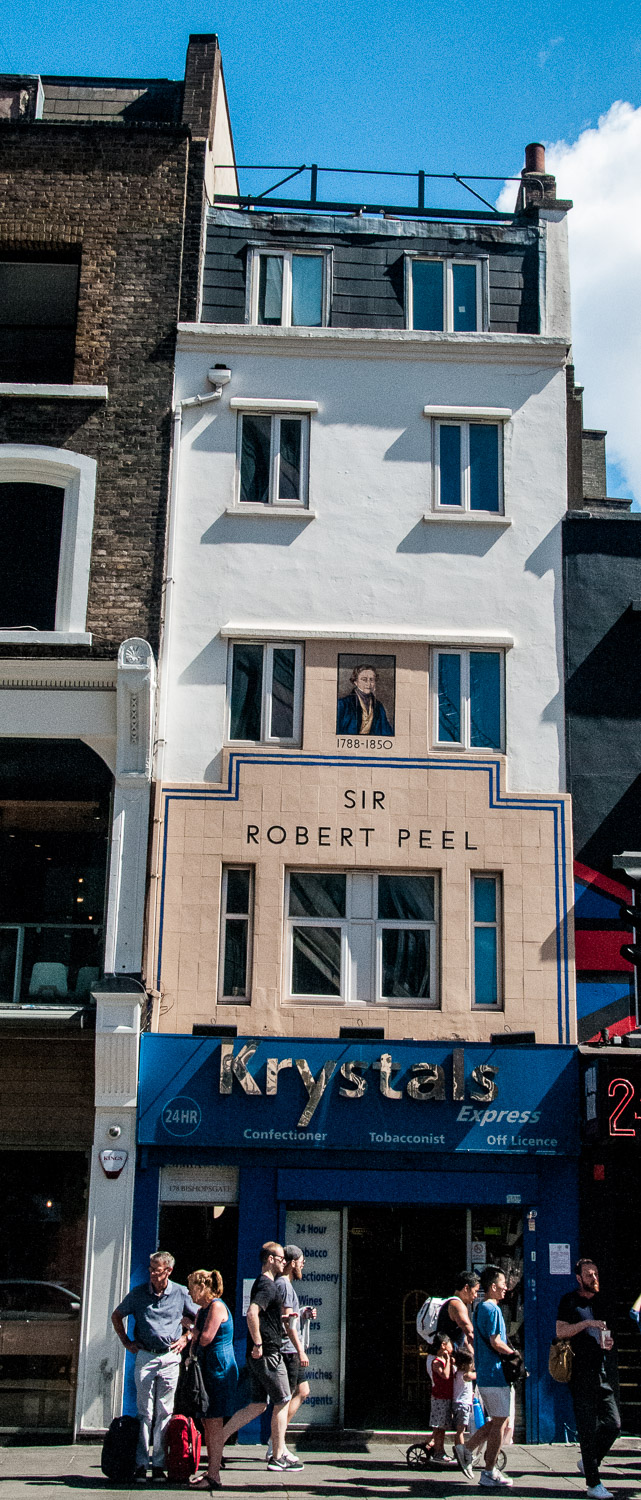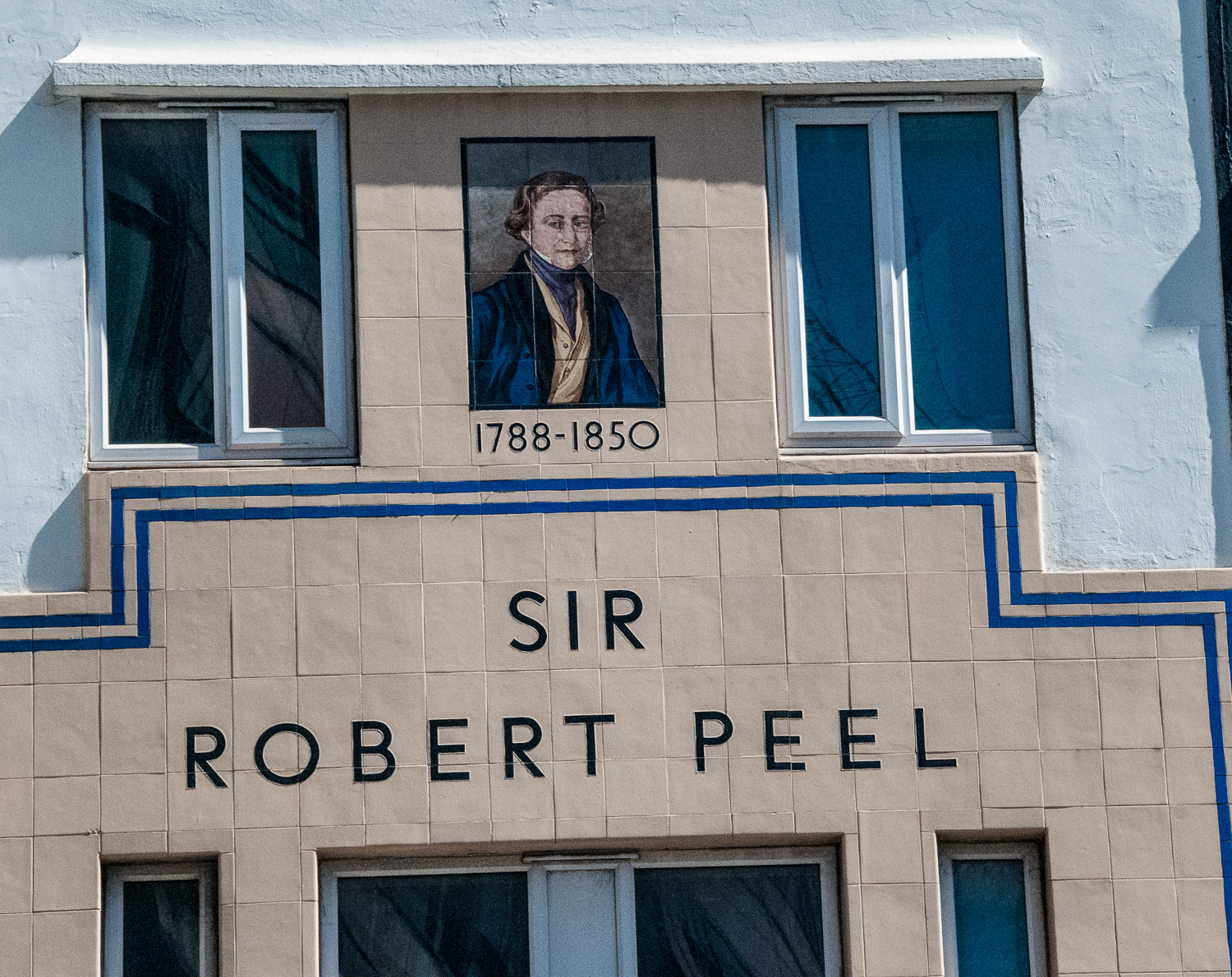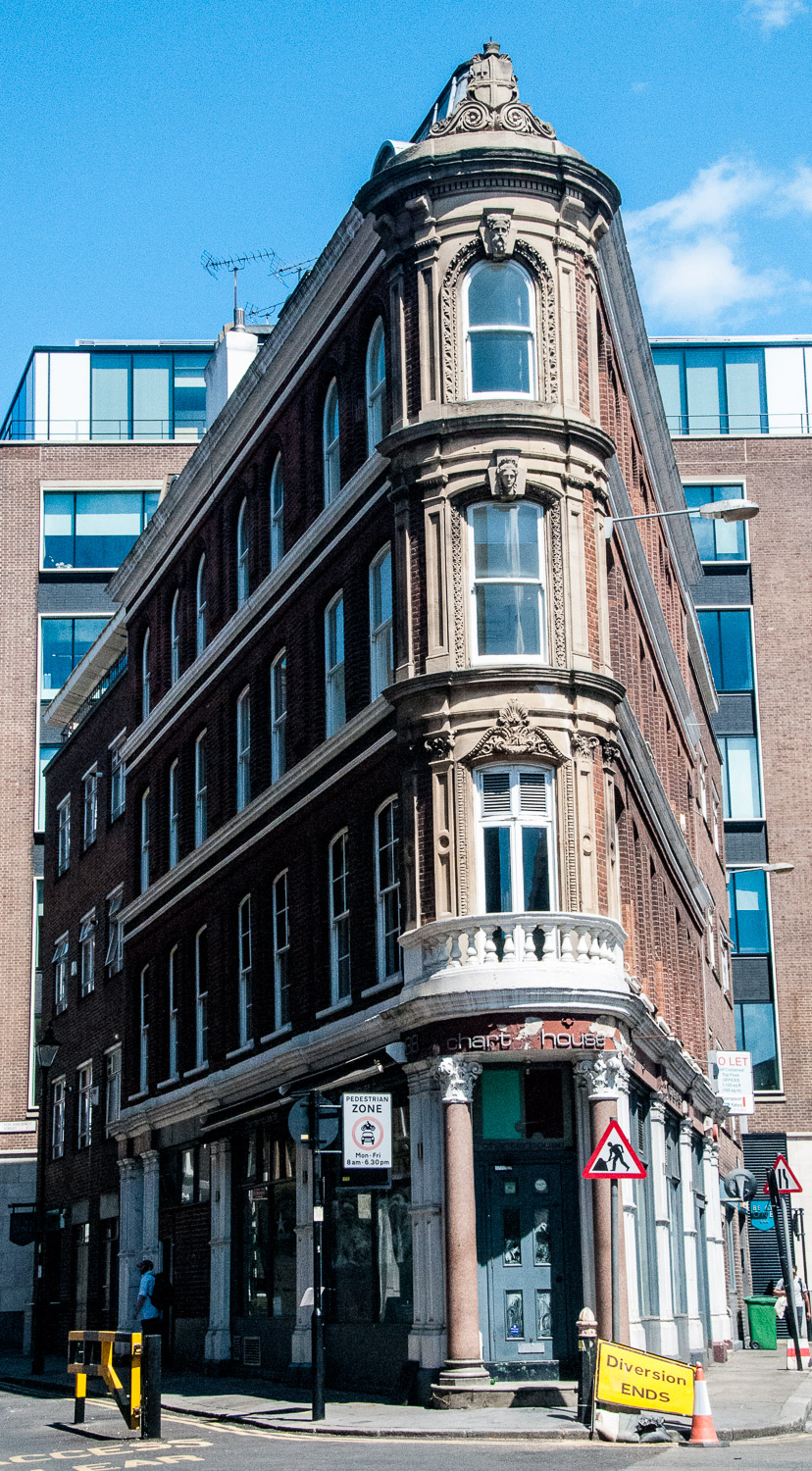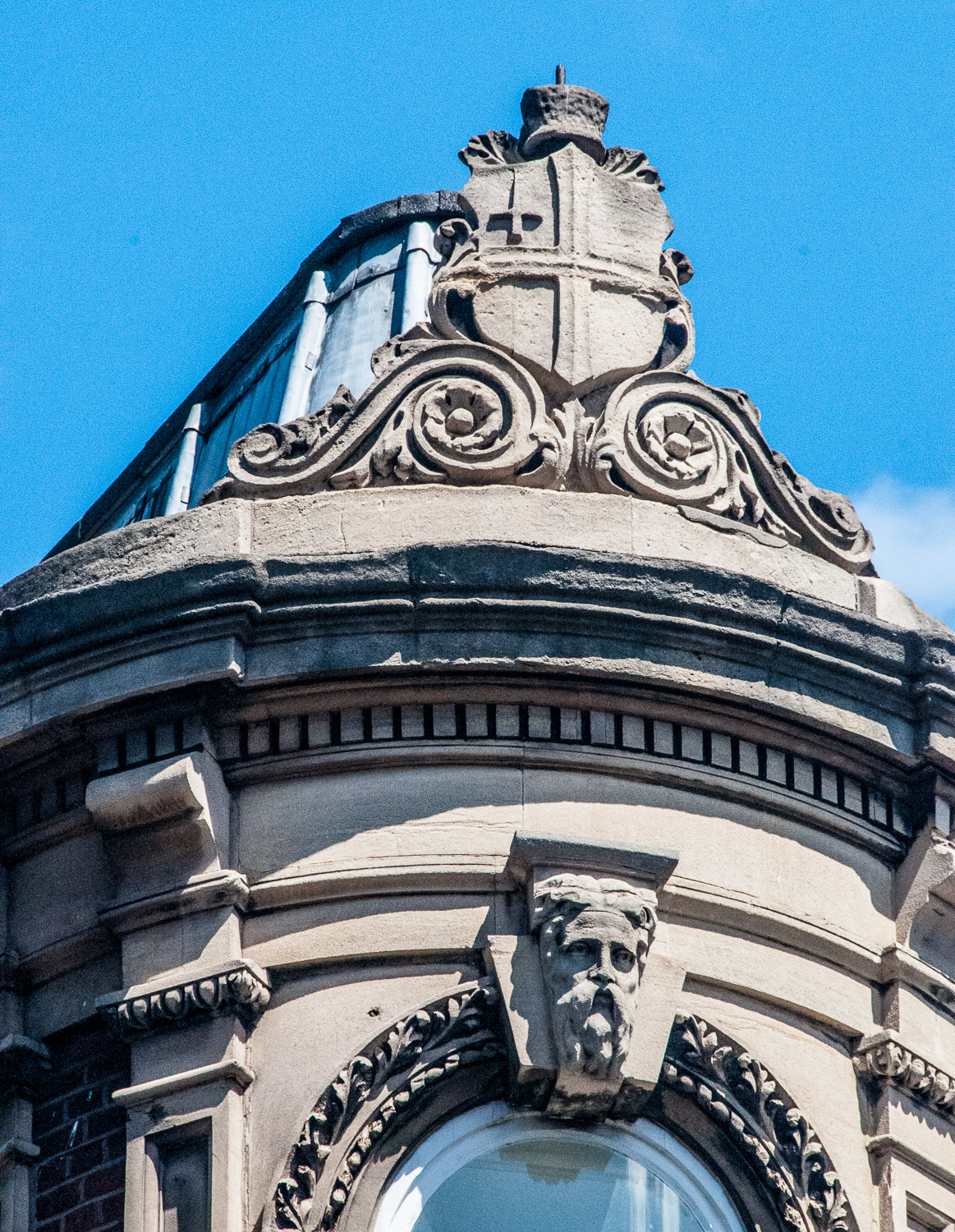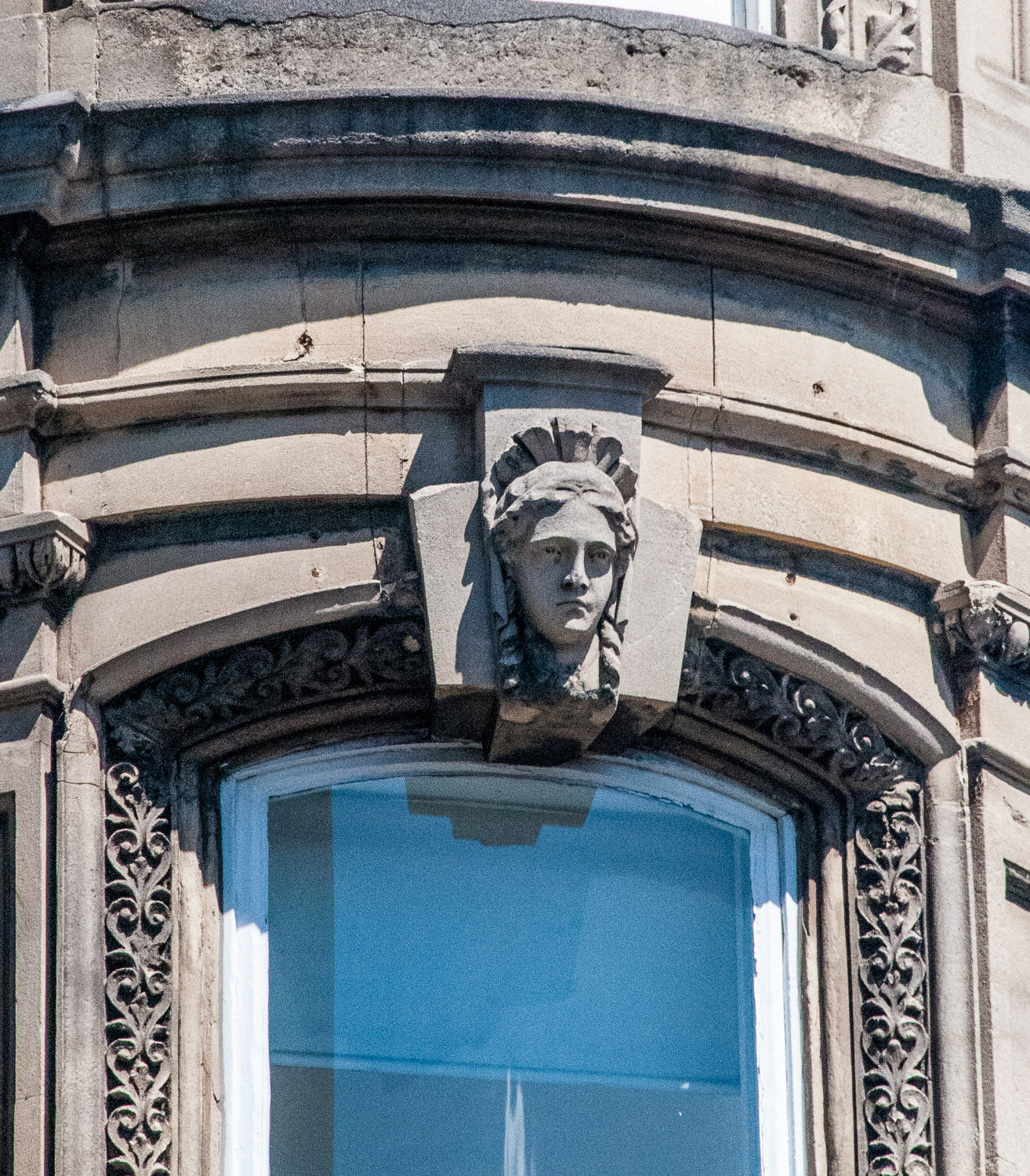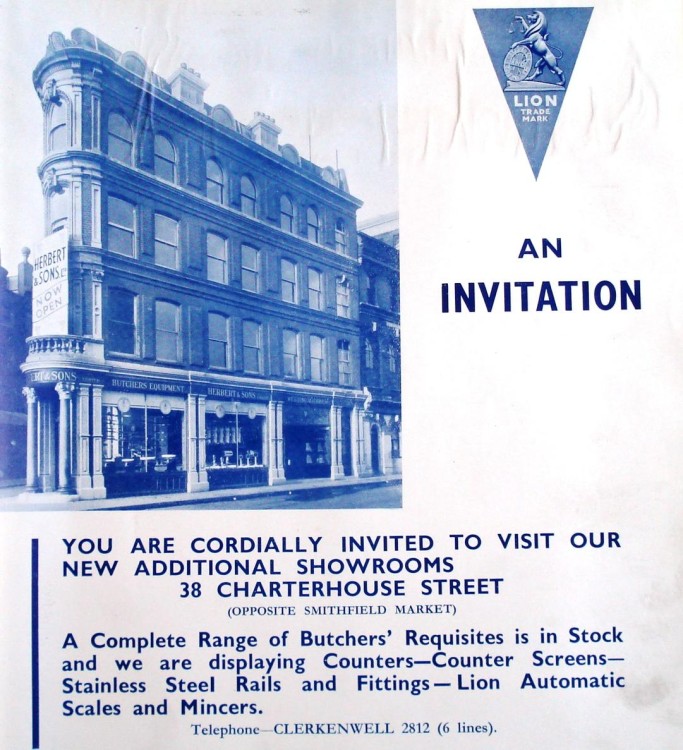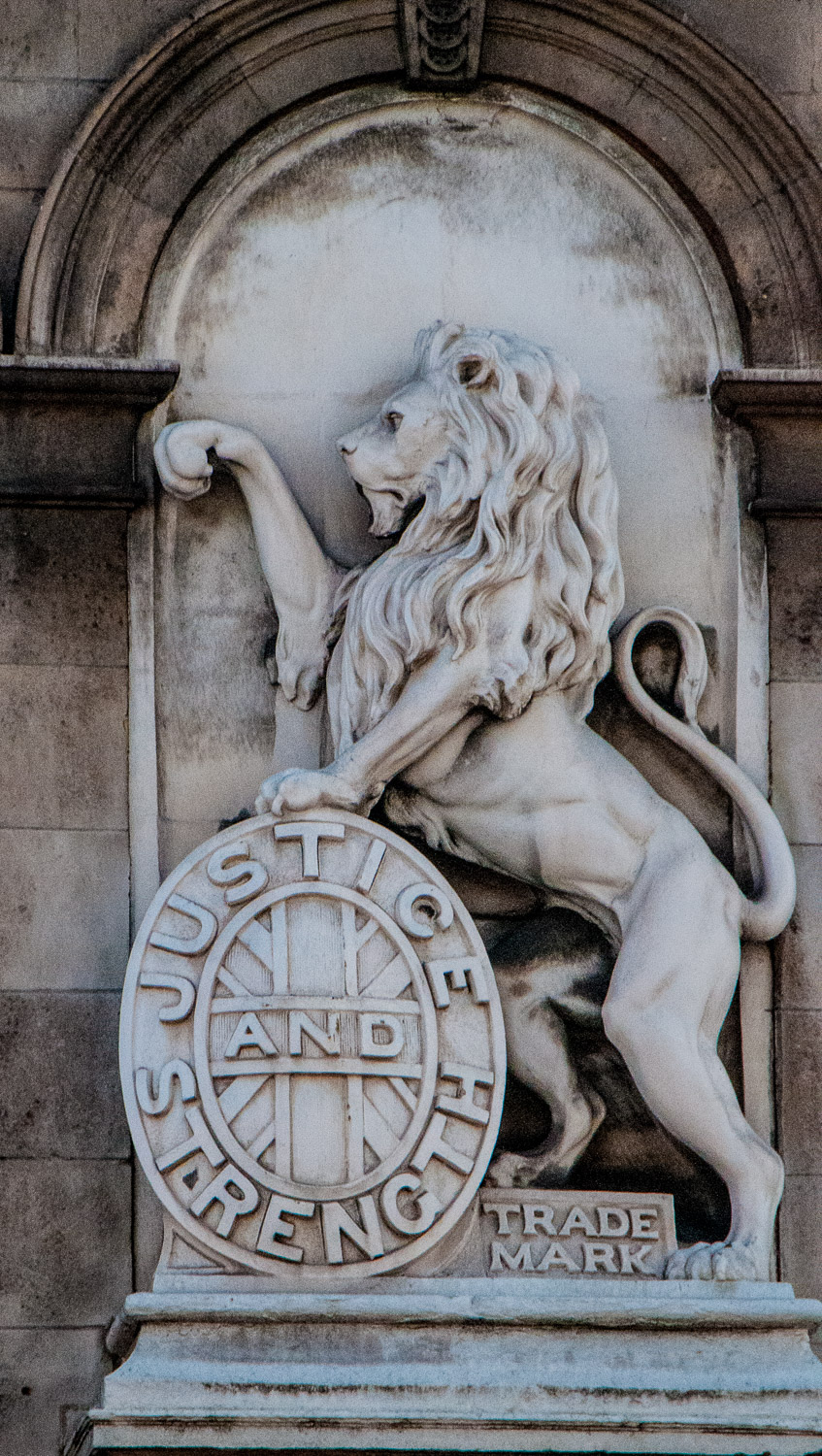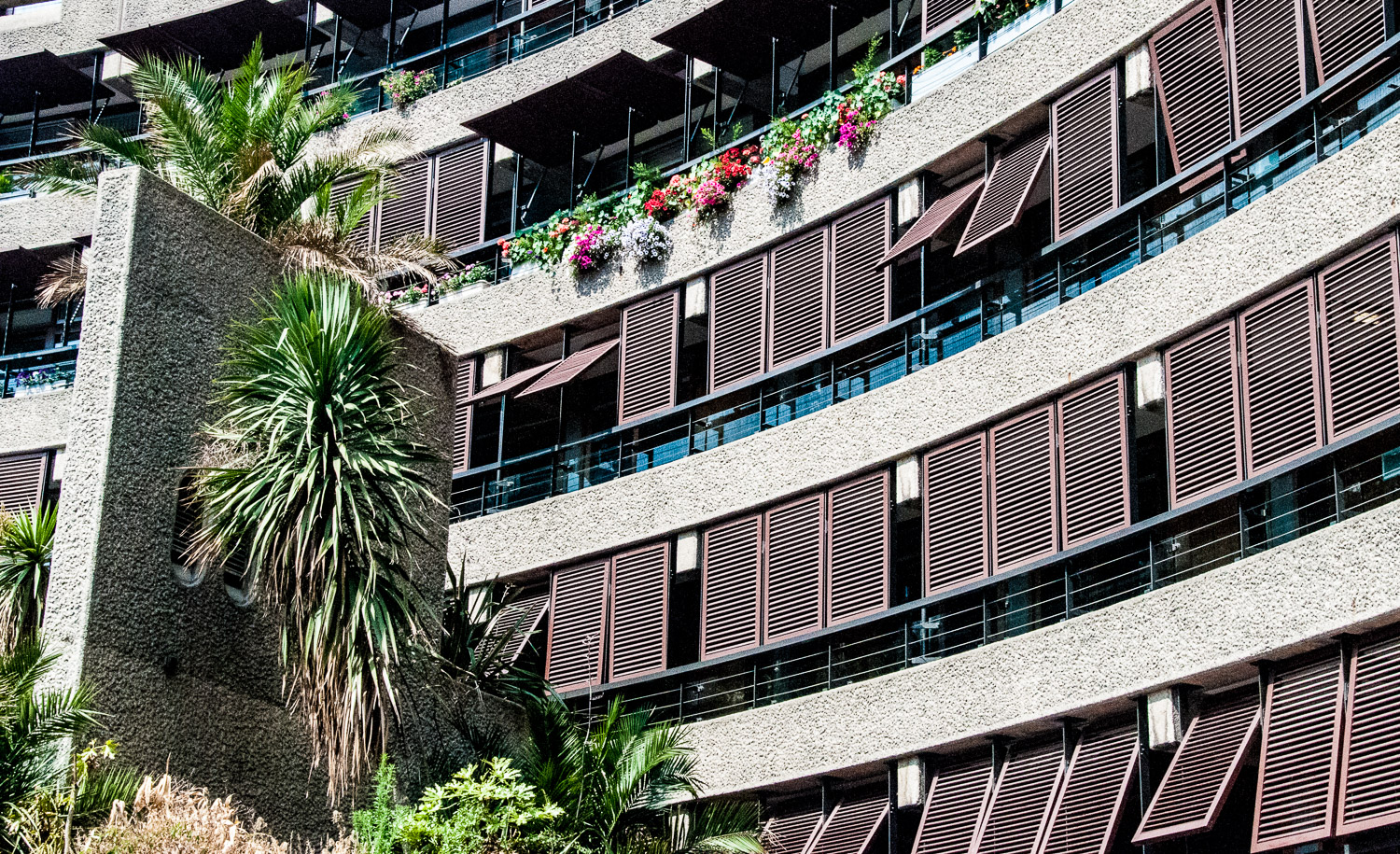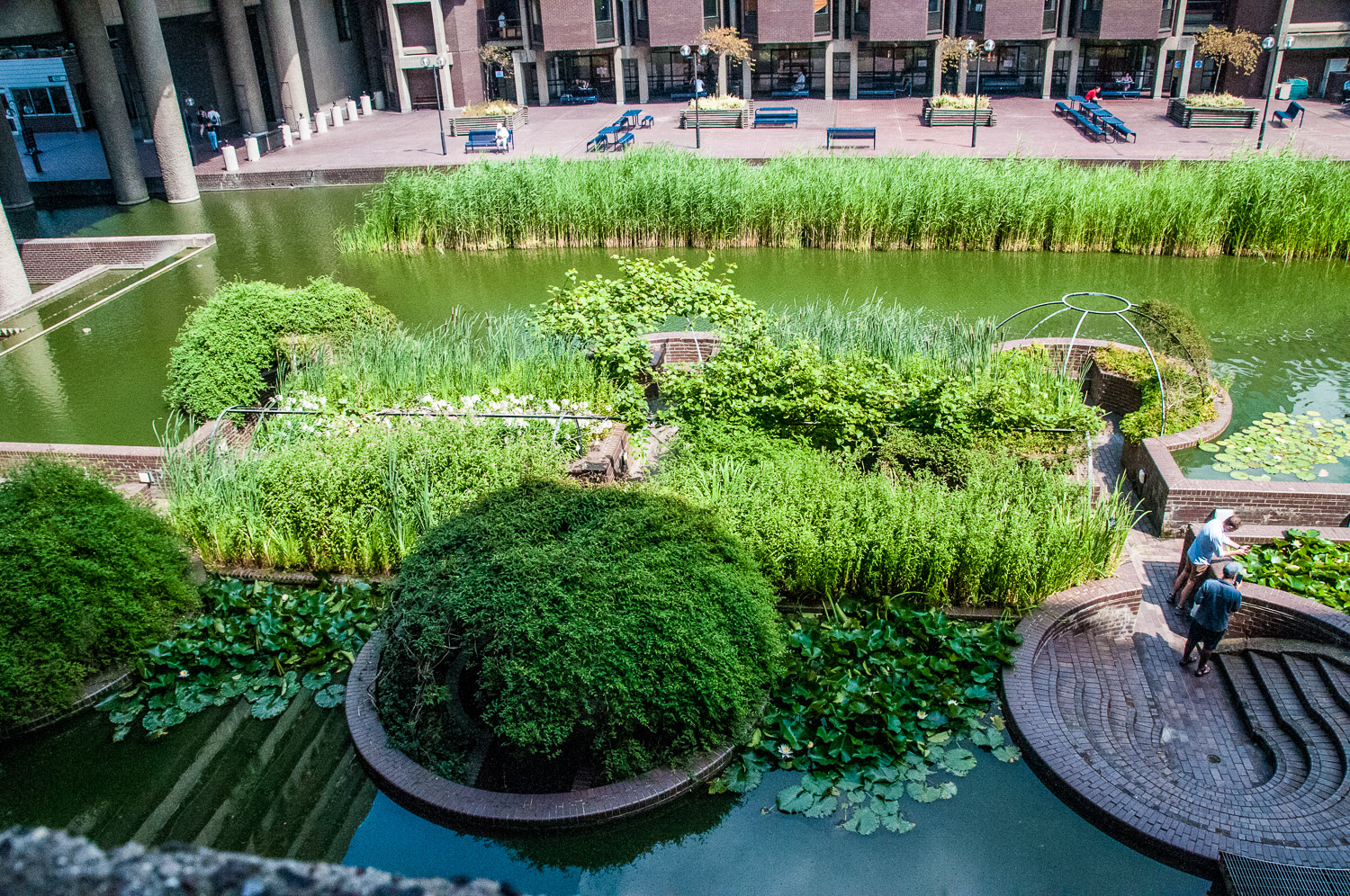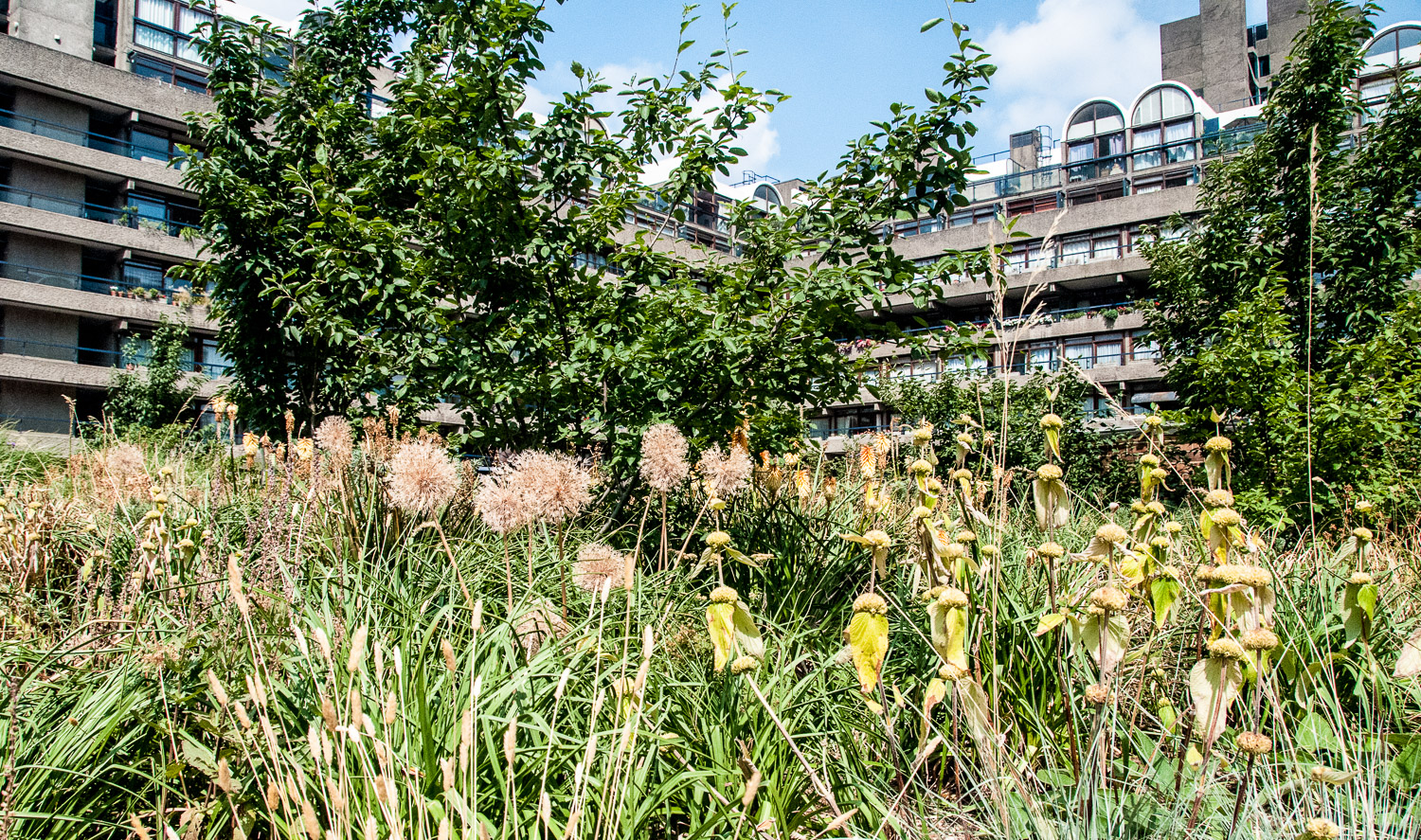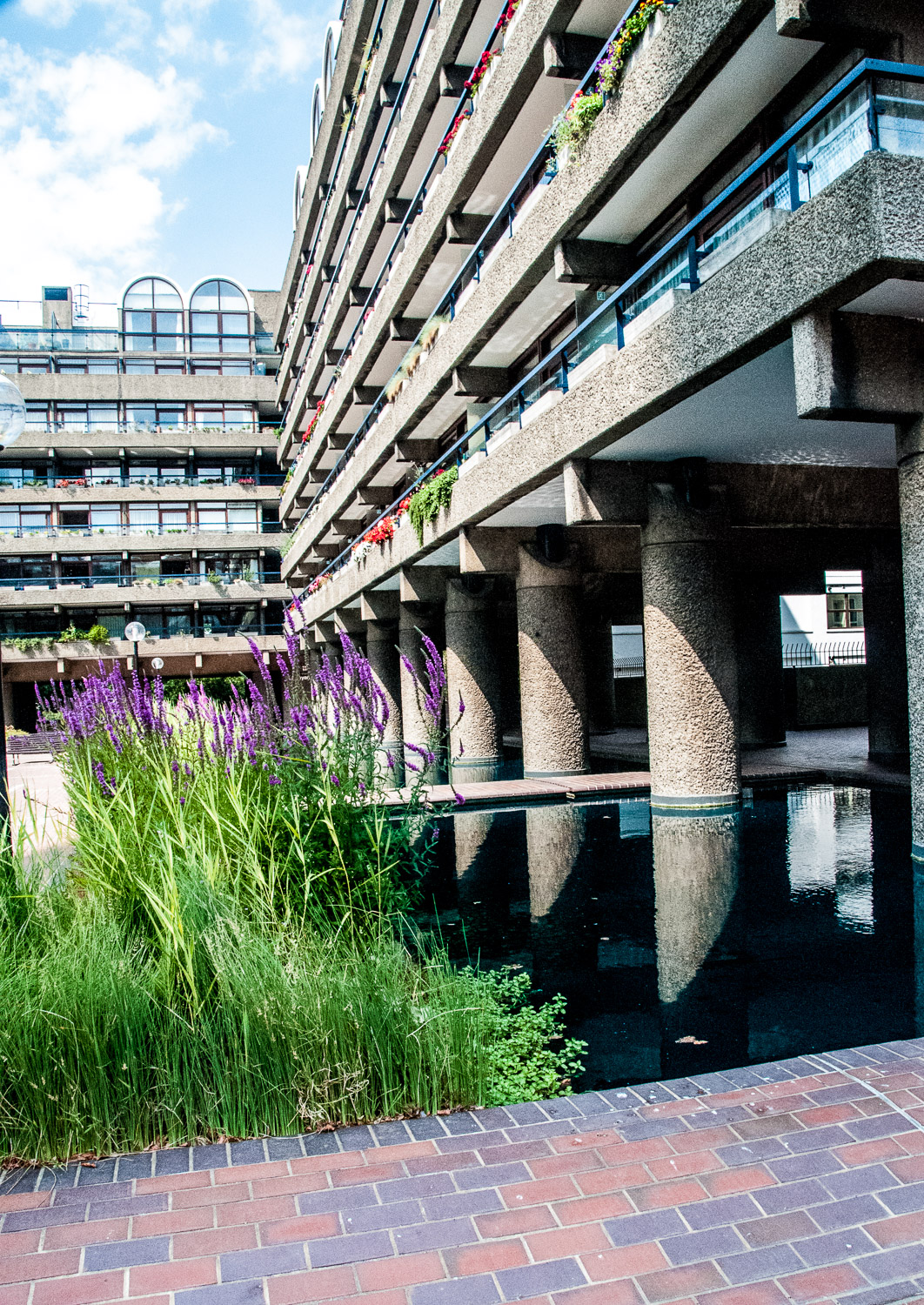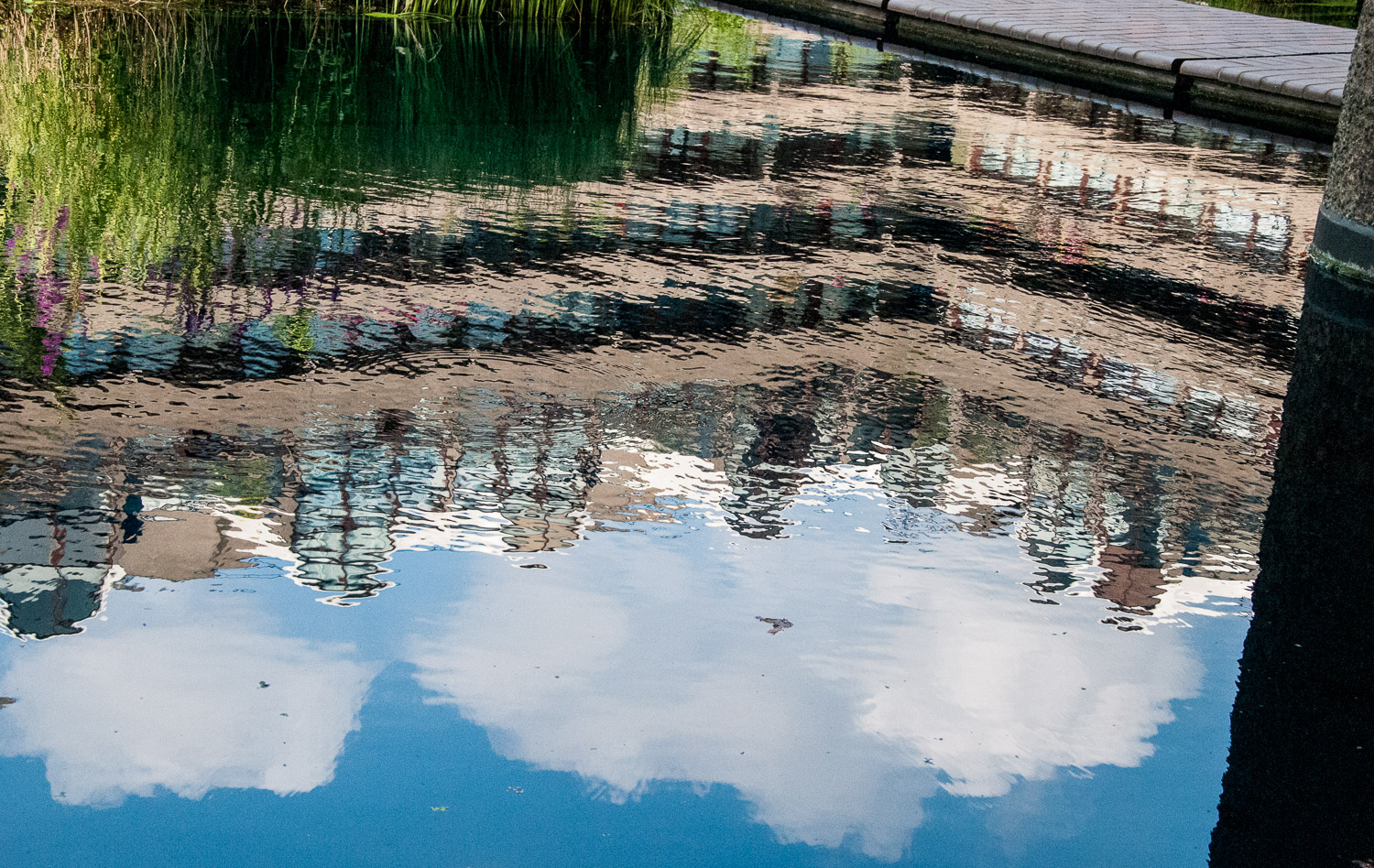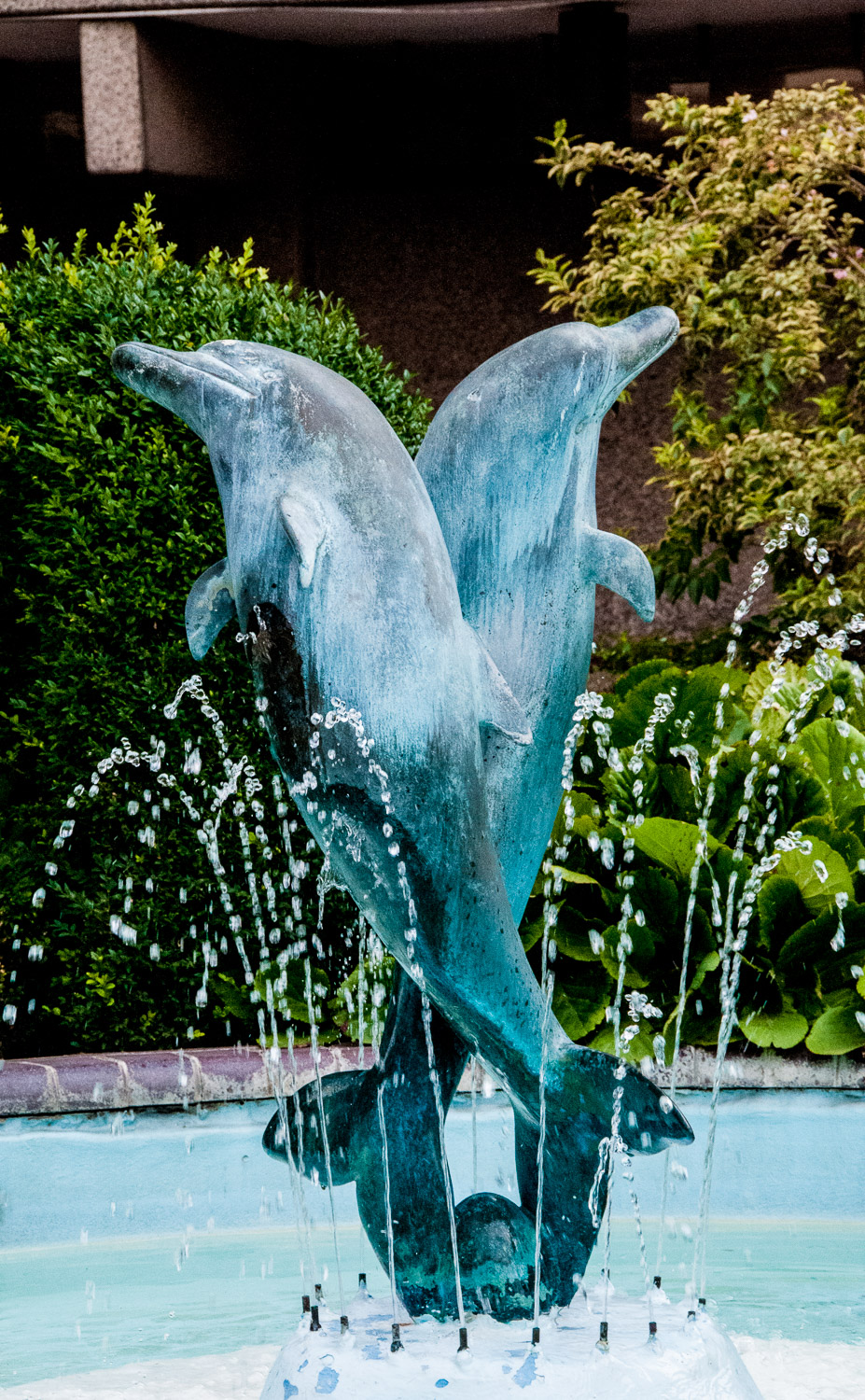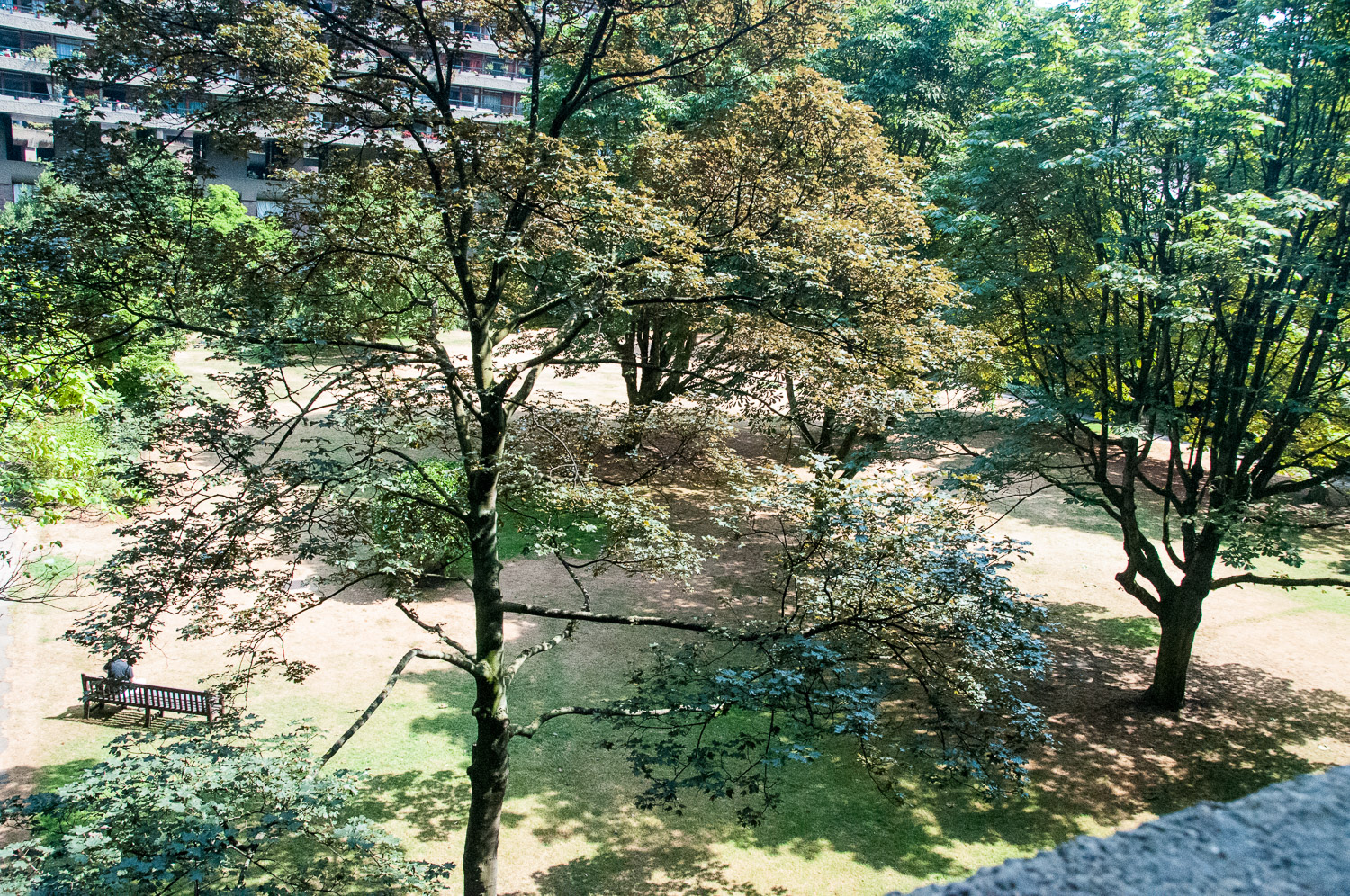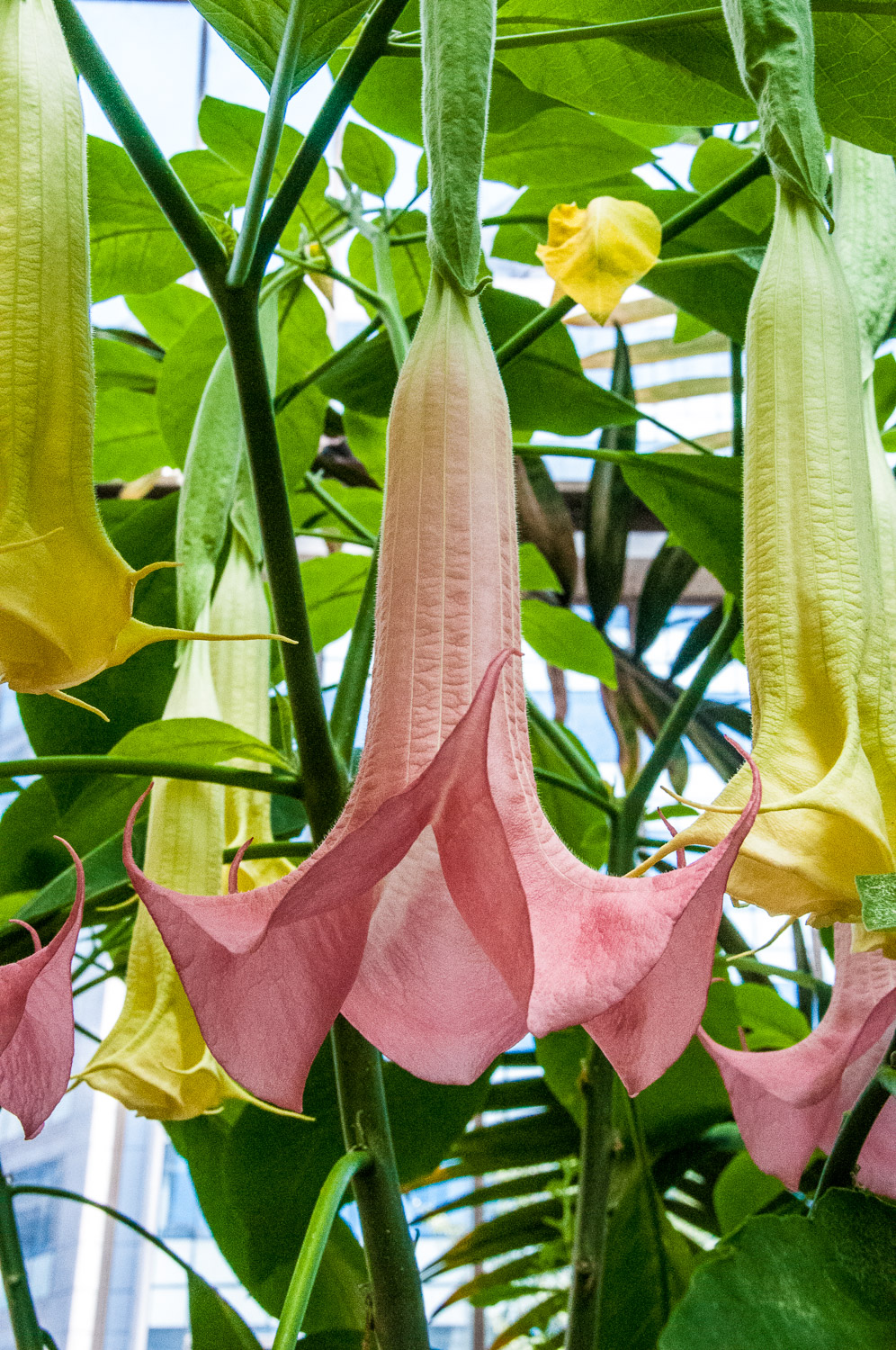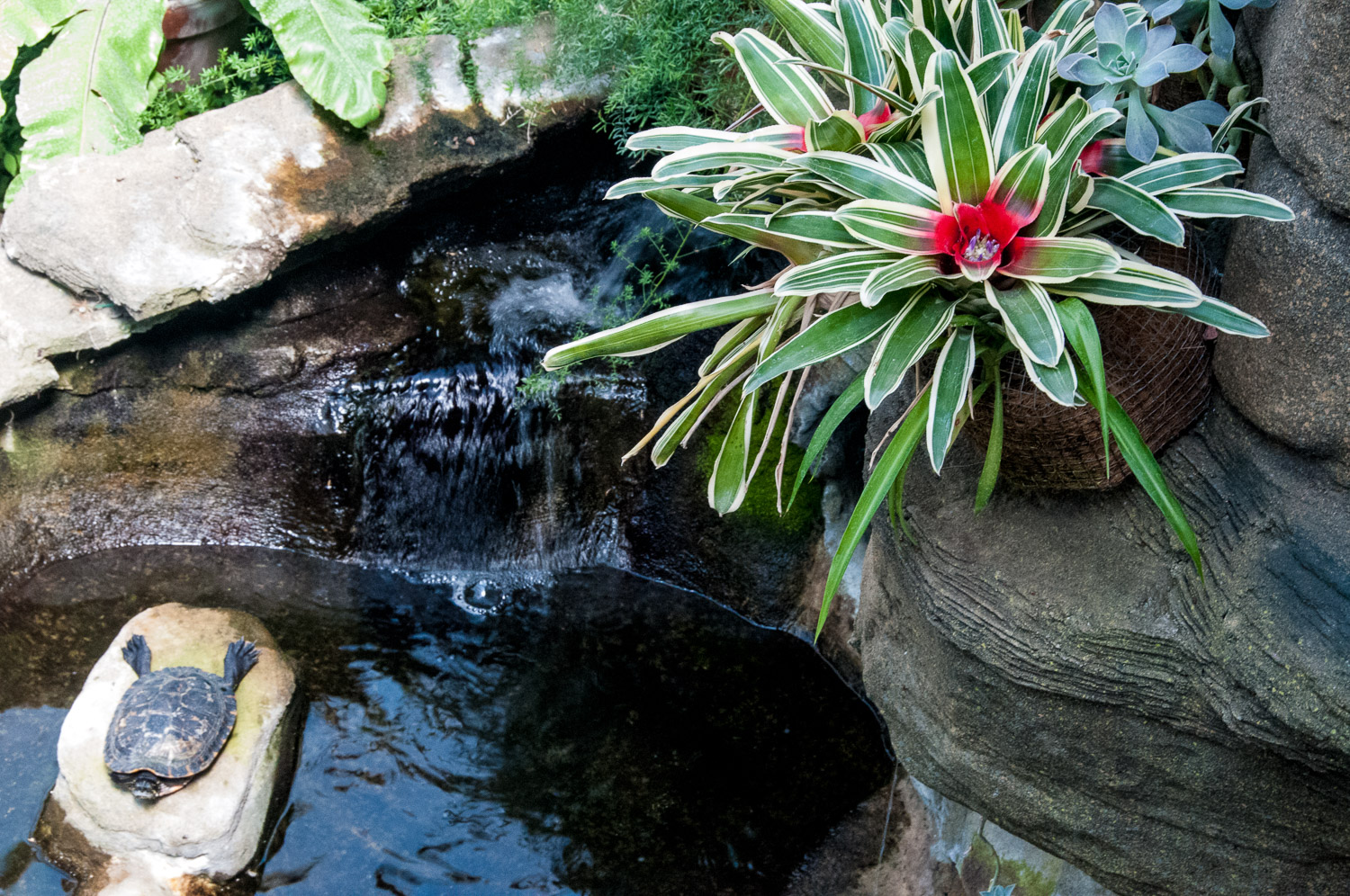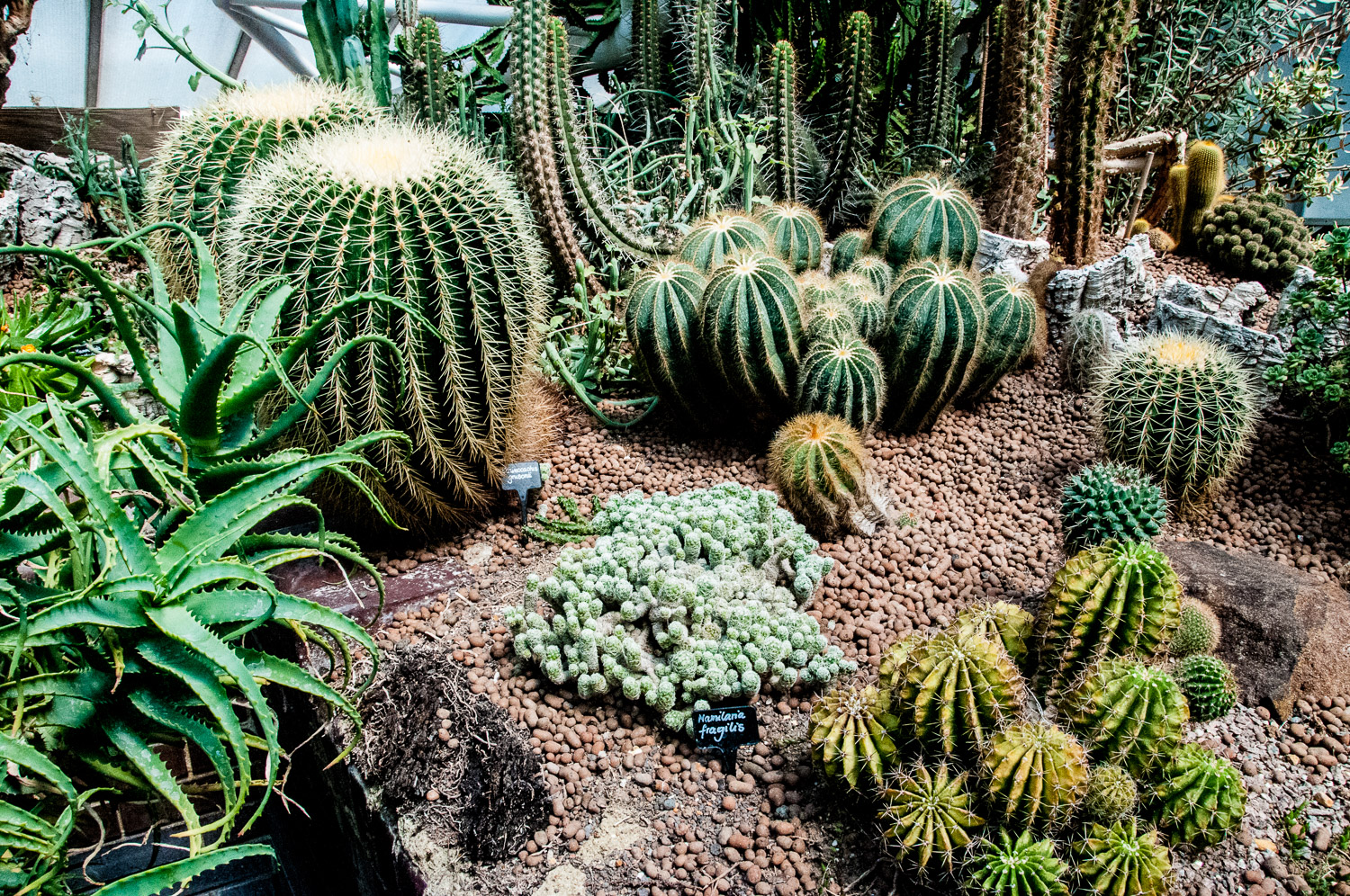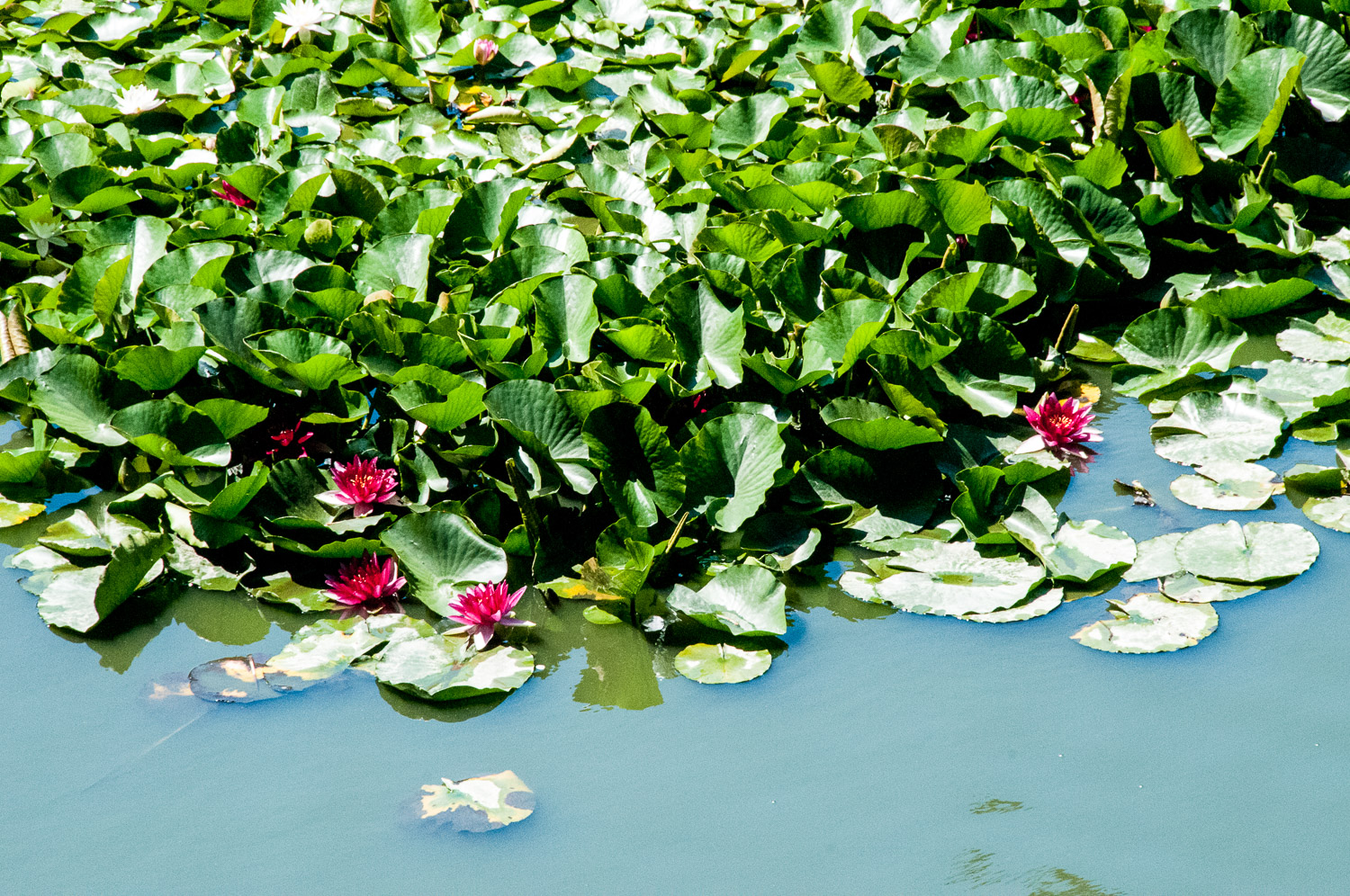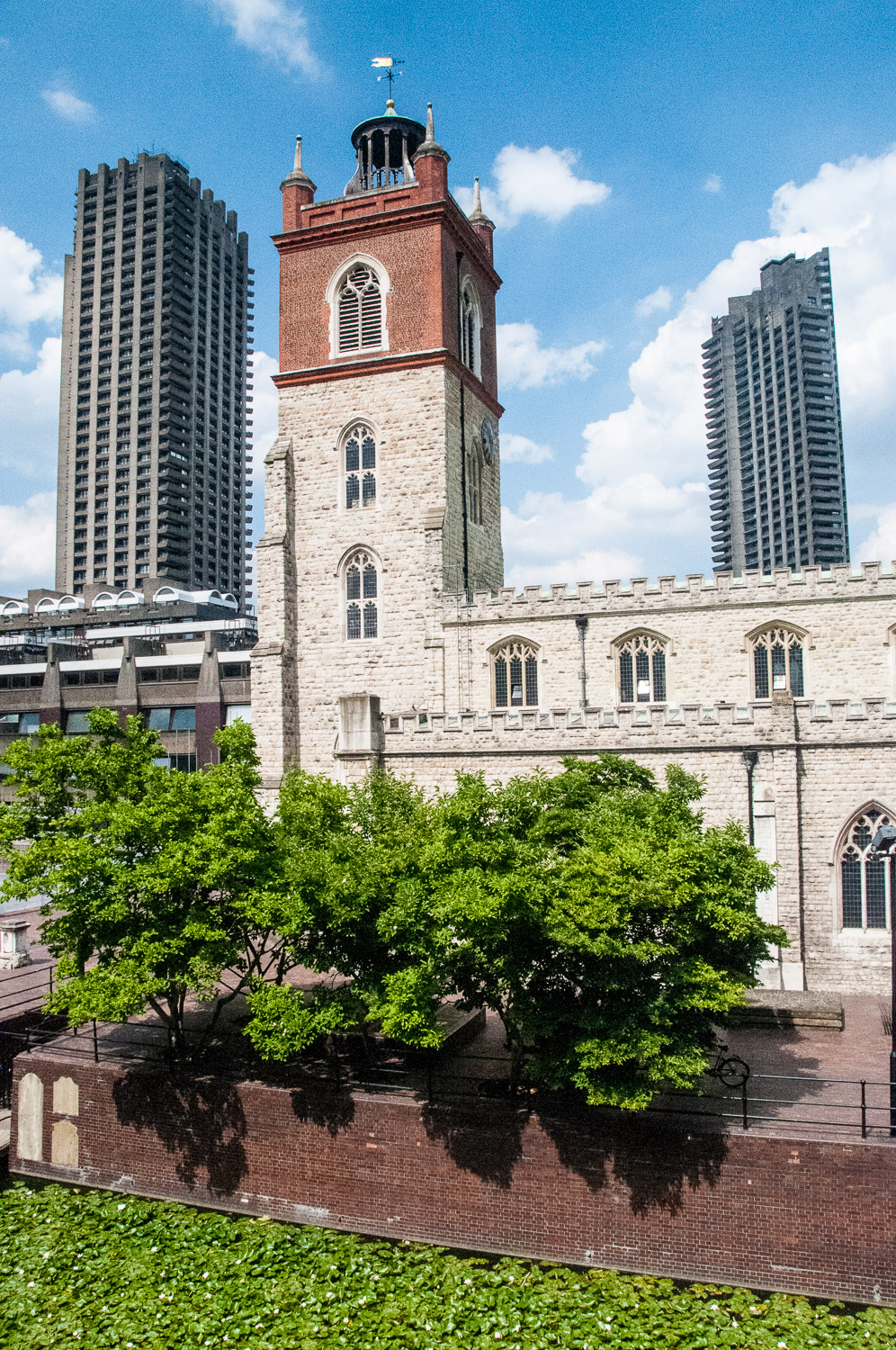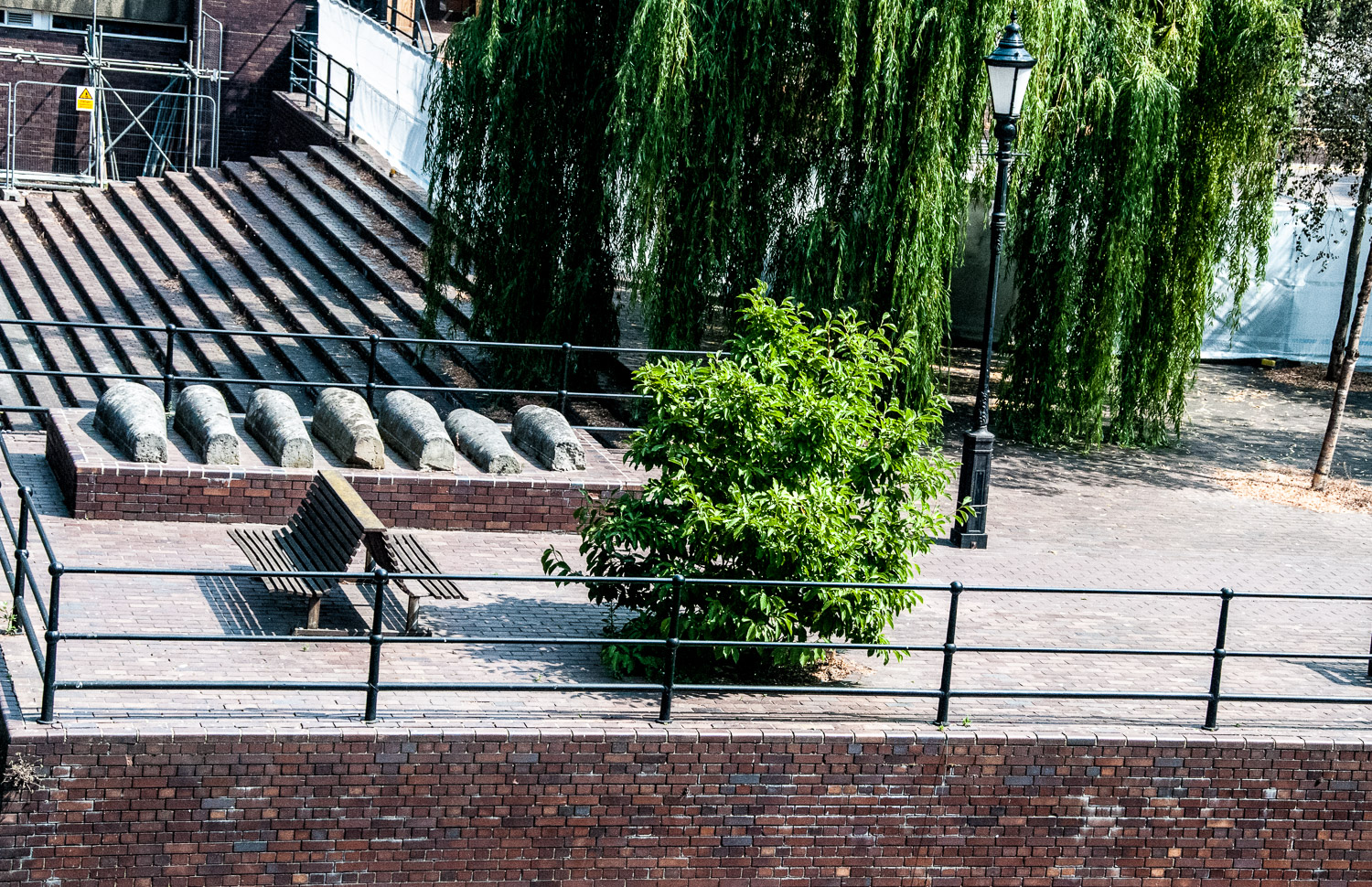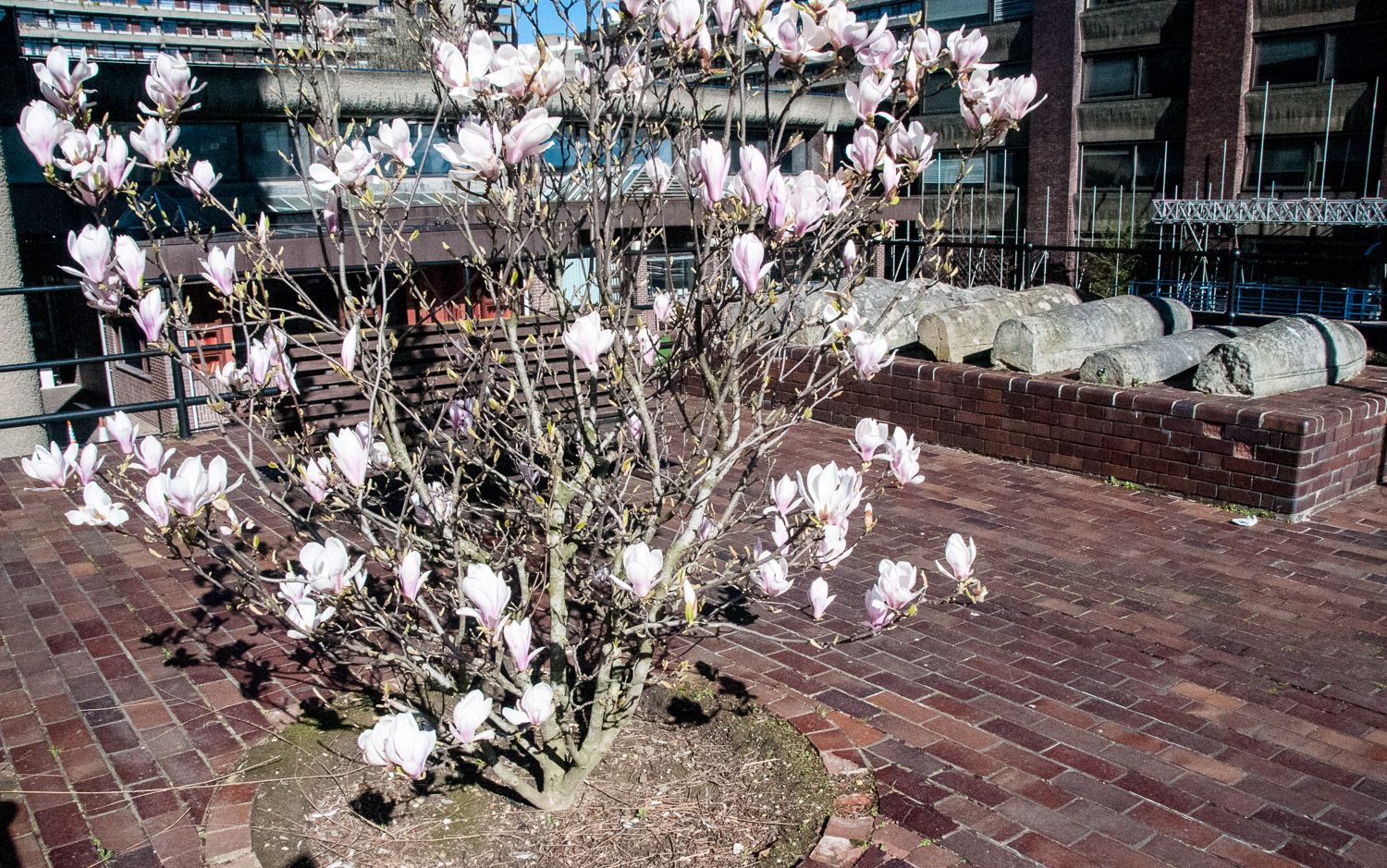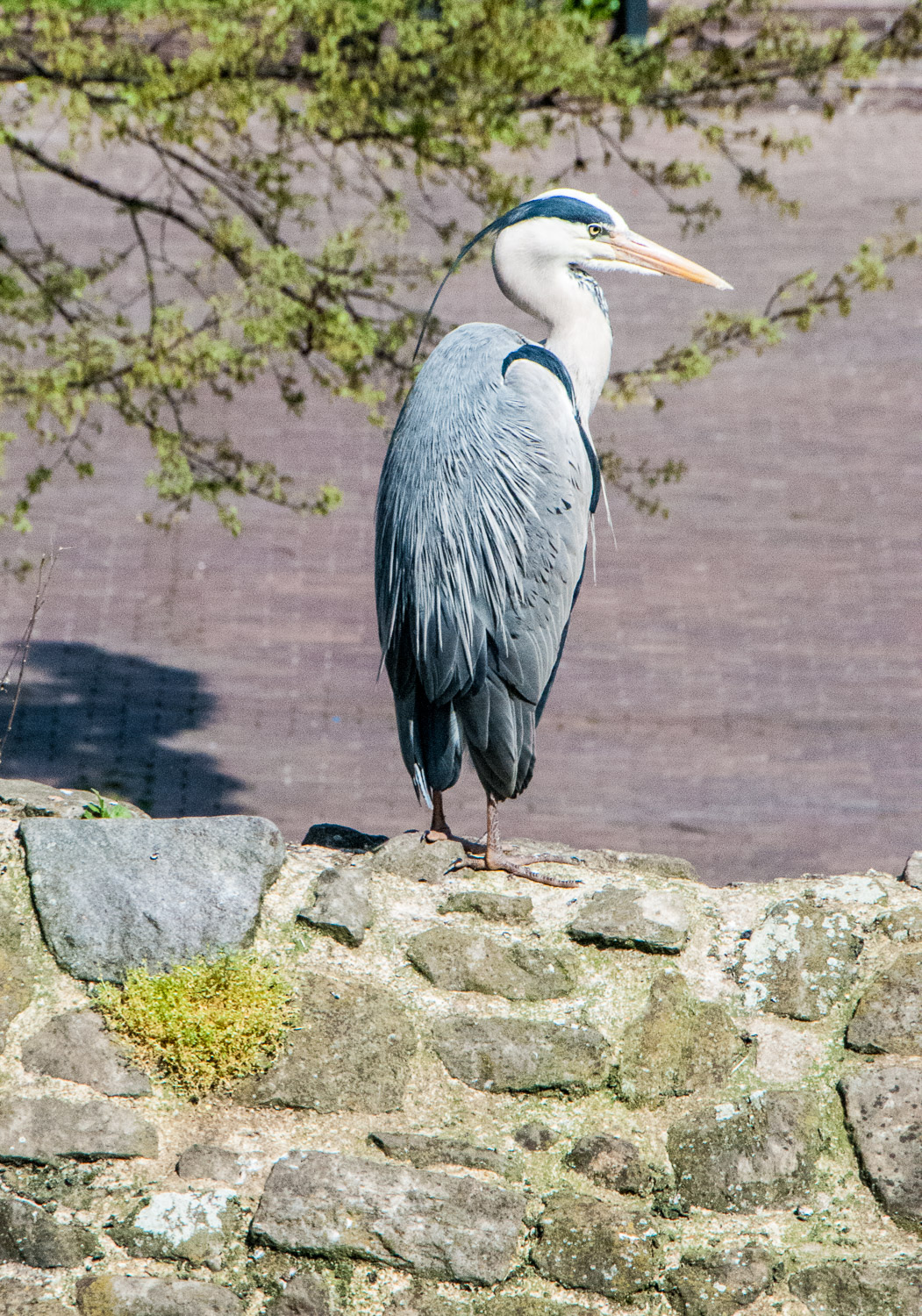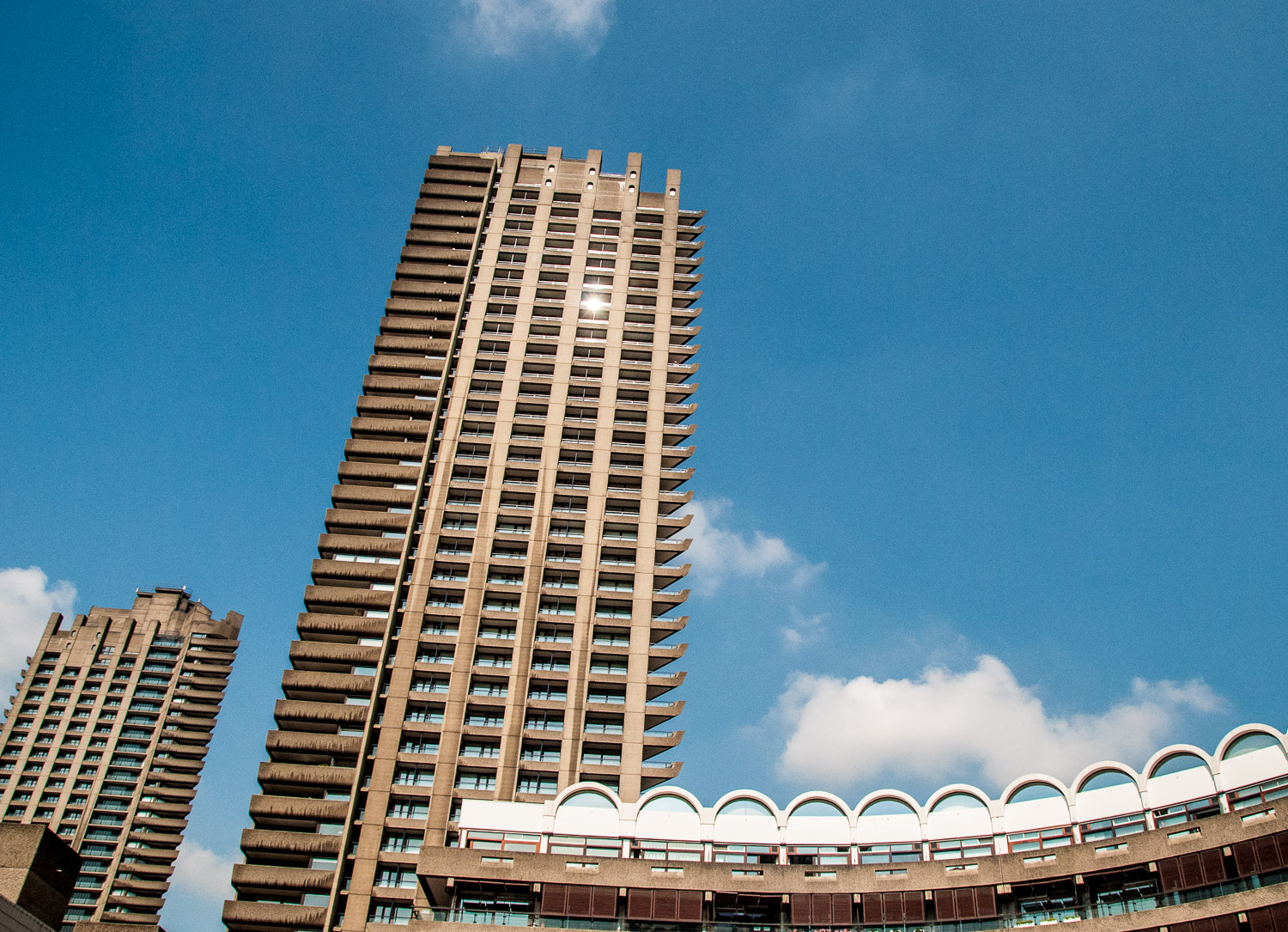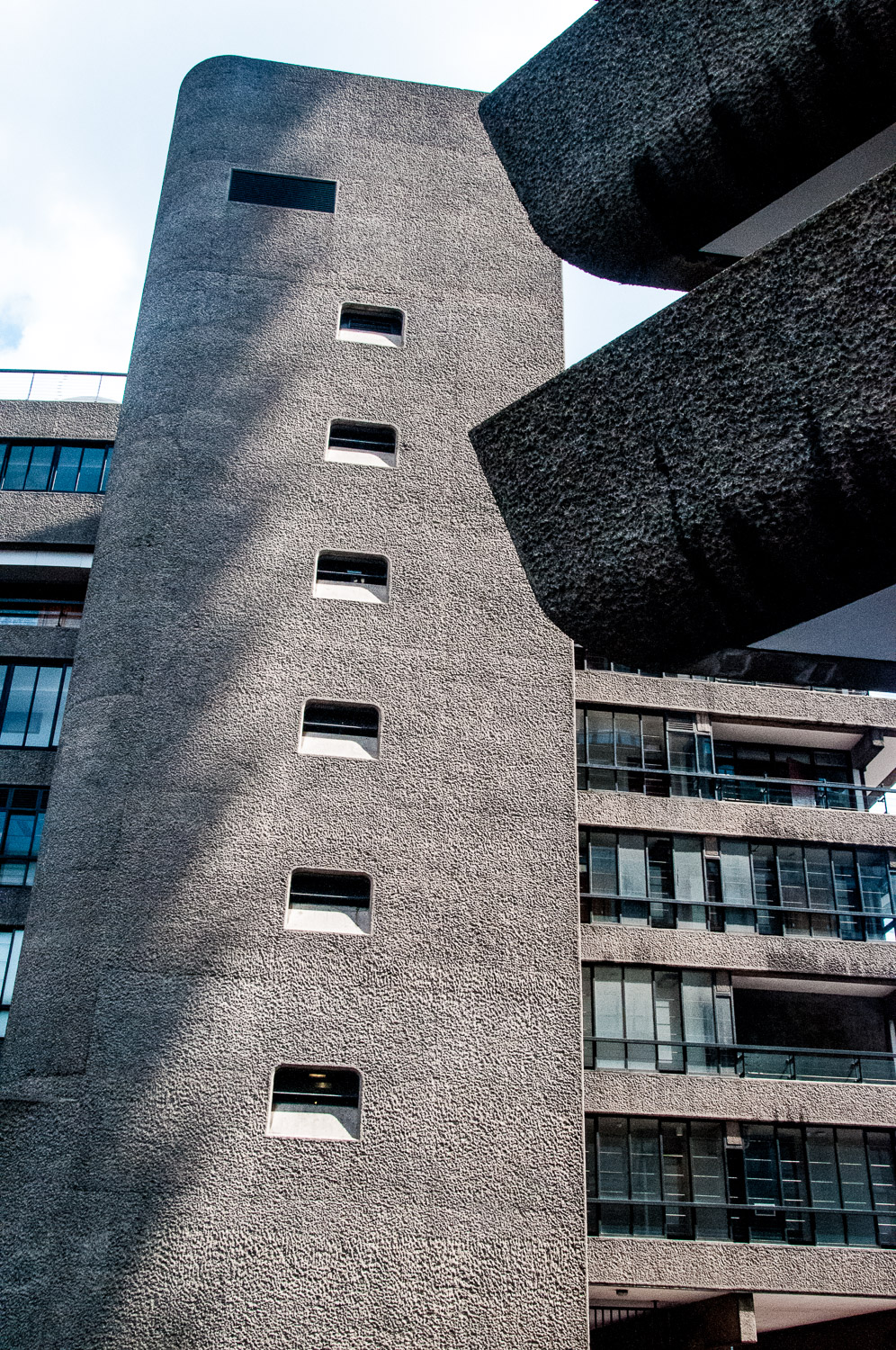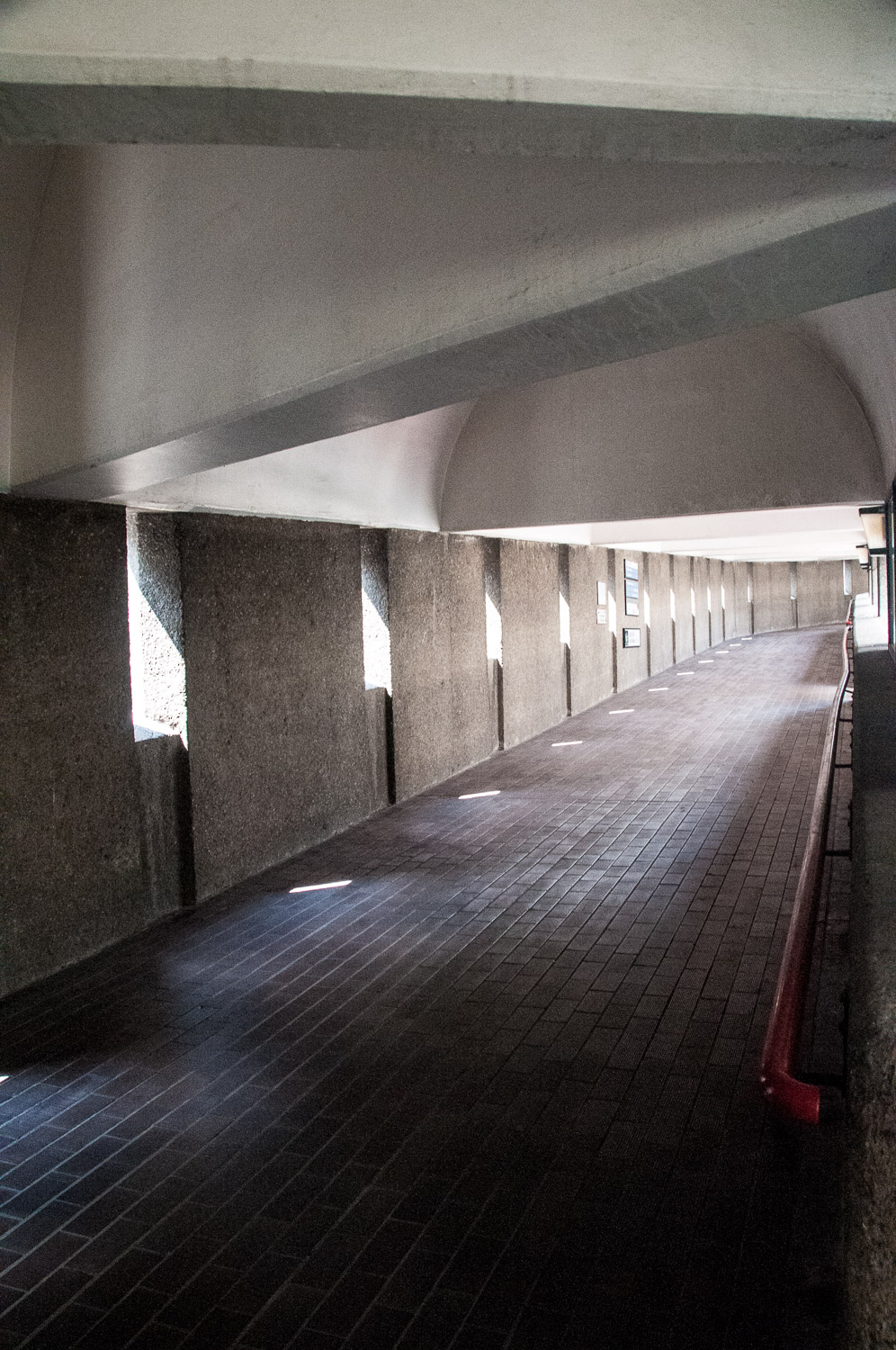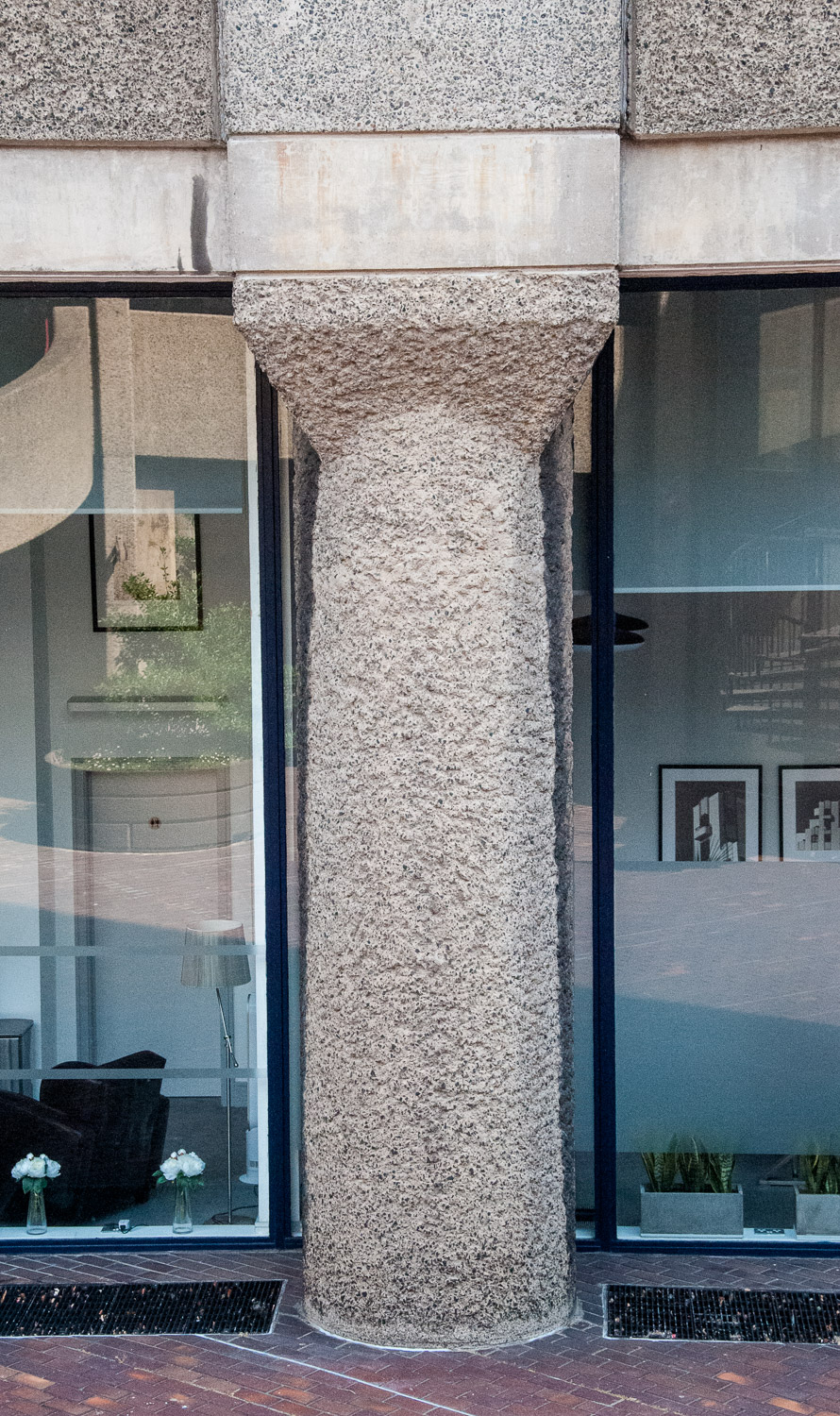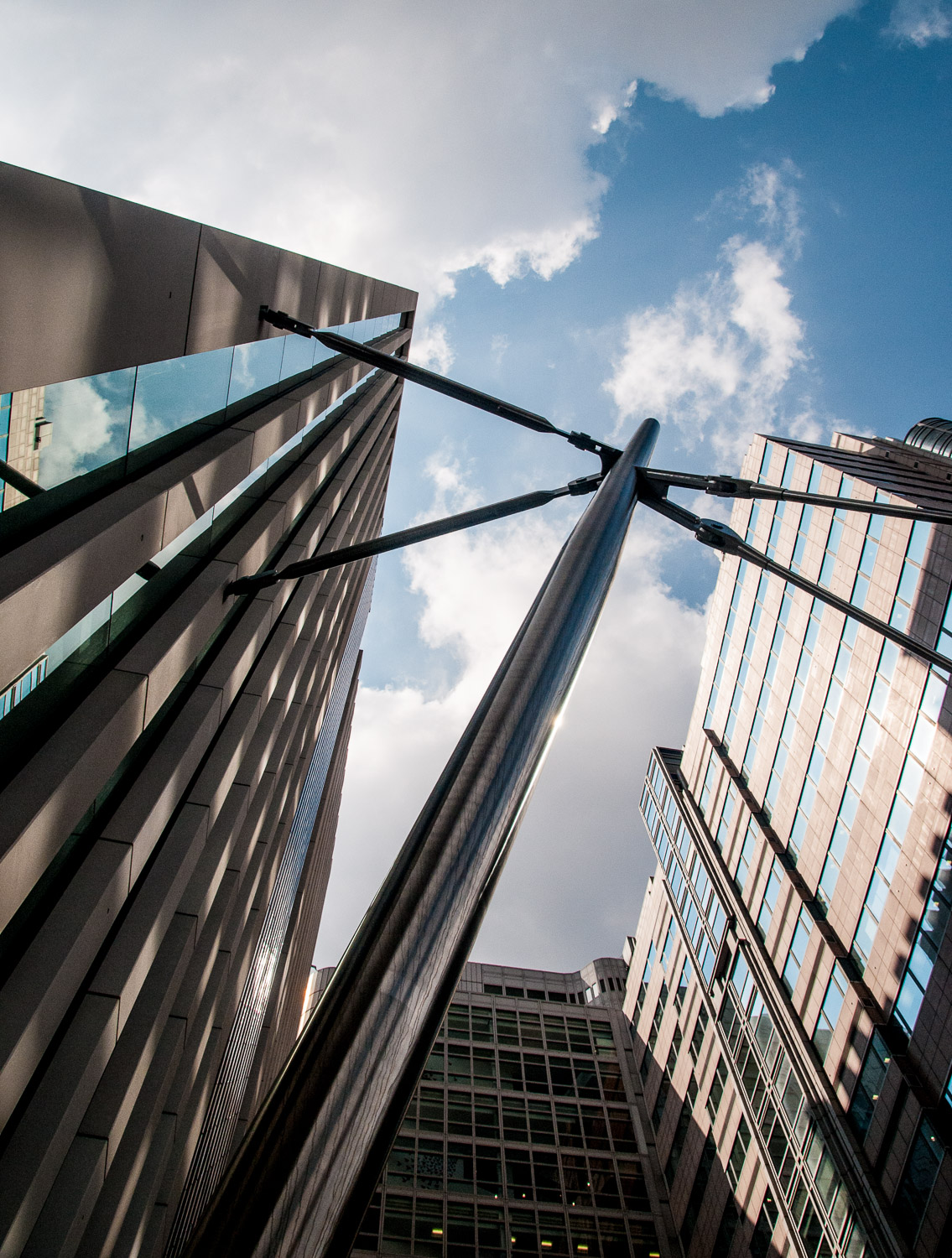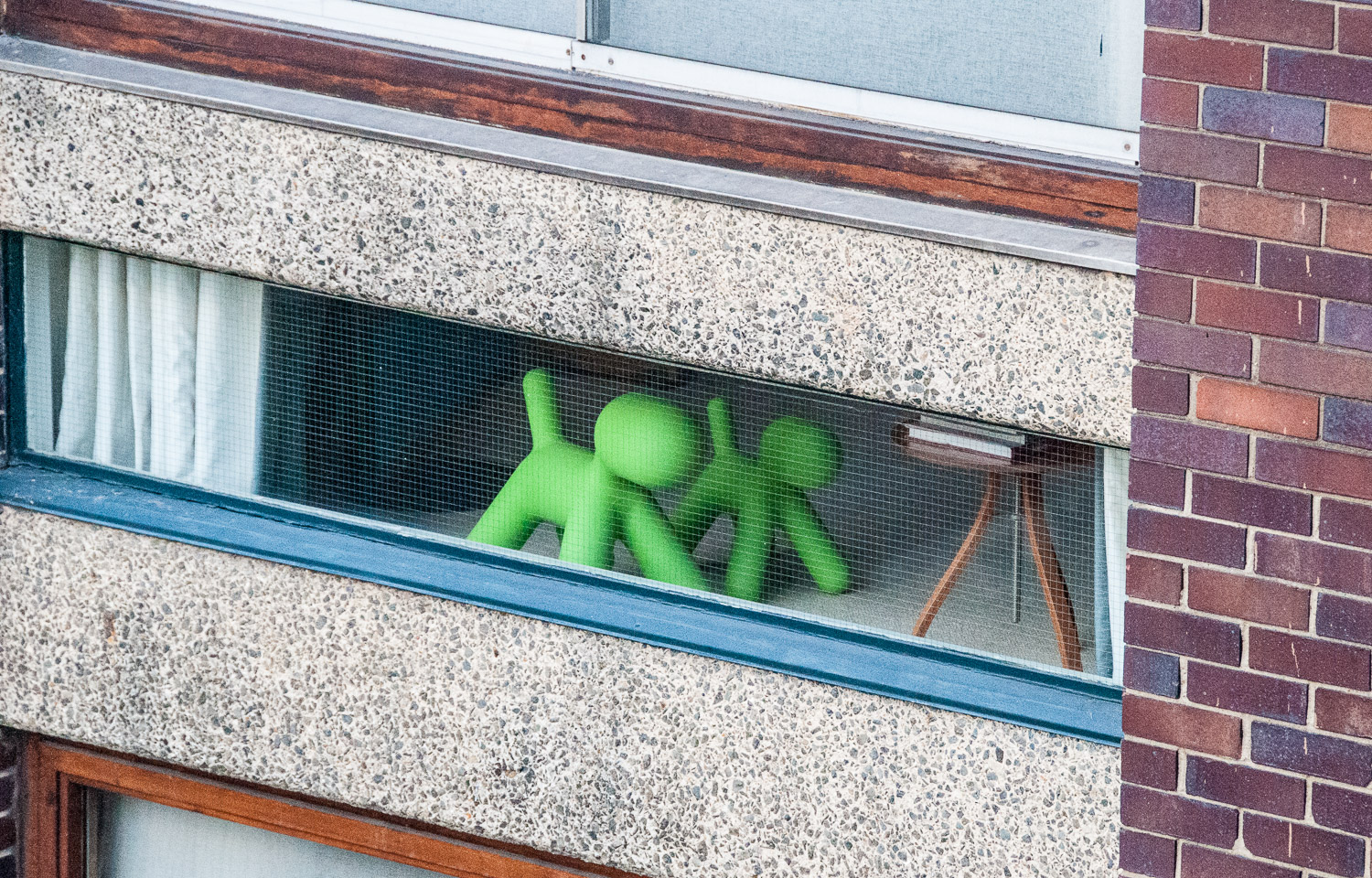It has been quite a while since I sought out animals in the City and so last weekend I took advantage of the sunny weather and went on another safari.
I always like to visit the Tower Hill memorial to the merchant navy and fishing fleet seafarers who lost their lives in both World Wars and have no grave but the sea. It’s a peaceful place on a weekend as virtually all the visitors to London have their eyes focused on the Tower of London across the road.
There are two memorials alongside one another and these pictures come from the one commemorating the almost 24,000 casualties of the Second World War (Trinity Square EC3N 4DH).
Dolphins feature highly in the allegorical sculptures by Sir Charles Wheeler representing the Seven Seas.
Here a boy is seen riding one surrounded by fishes and sea horses, above his head is a thorny snail …
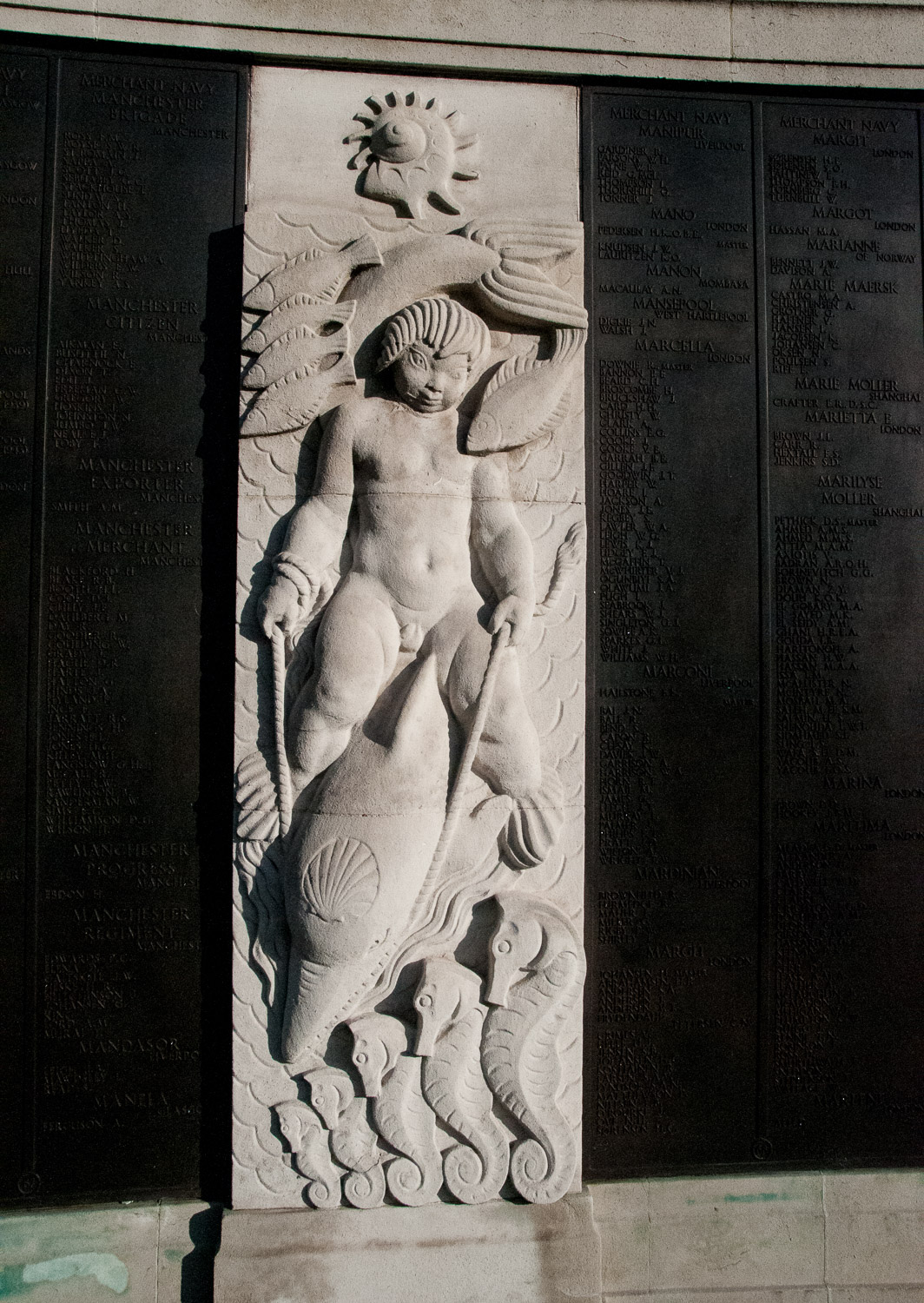
A dolphin leaps through the legs of this figure who is creating the wind …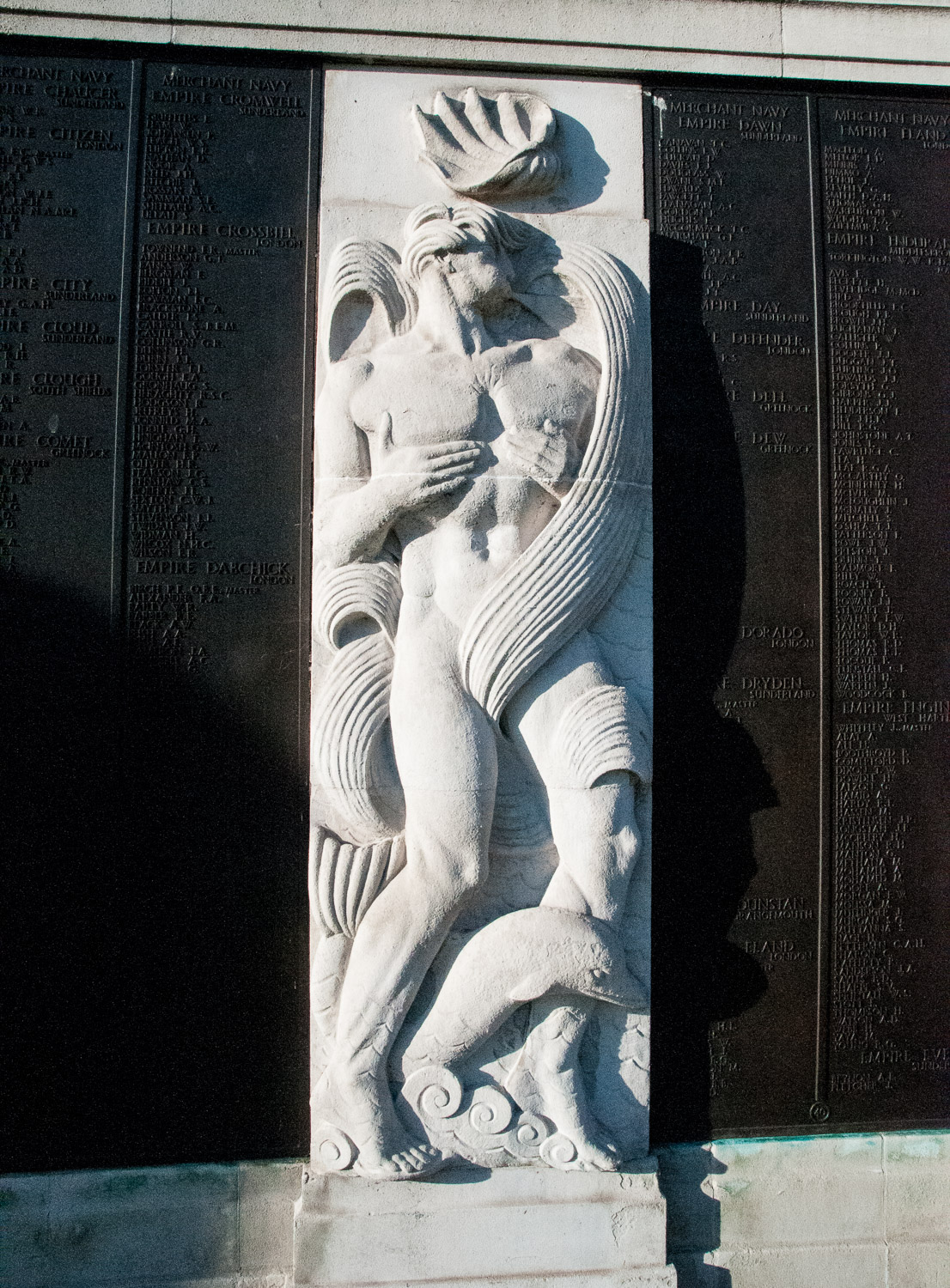
You can’t miss Neptune with a spider conch above his head and accompanied by another dolphin …
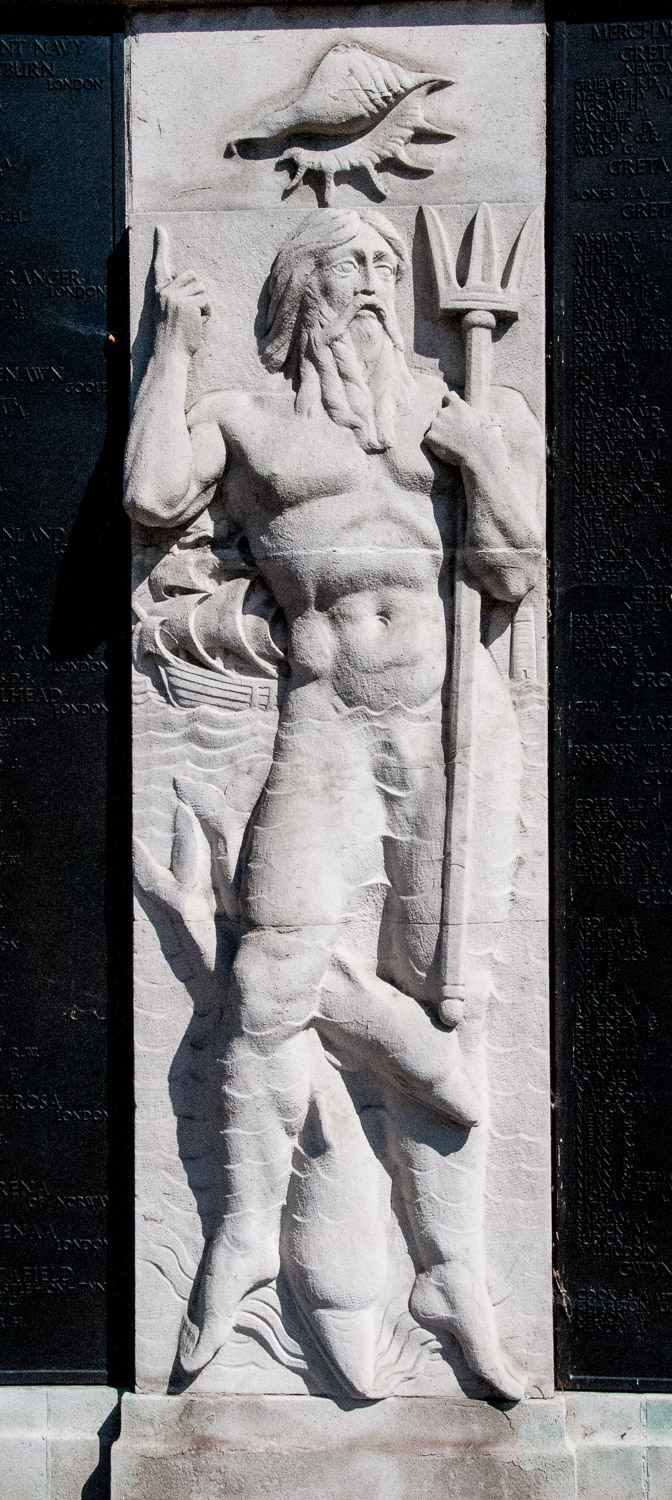
Across the road from Trinity Square is the church of All Hallows-by-the-Tower (EC3R 6BJ).
Substantially damaged in the War it was restored and reopened in 1957 with a new cockerel weathervane …
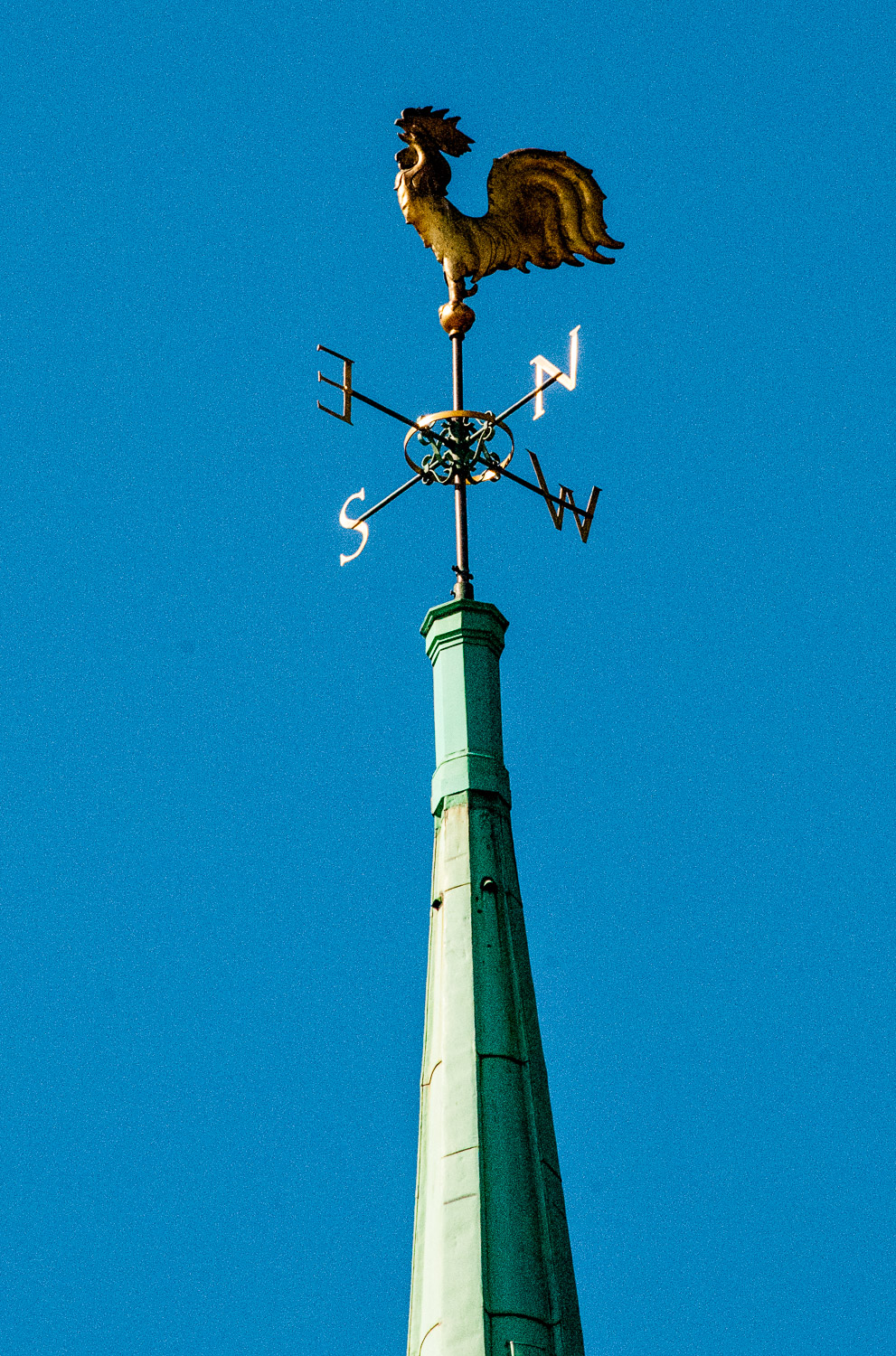
The beaver above 64 Bishopsgate (EC2N 4AW) is a reminder of the Hudson’s Bay company which once dominated the fur trade and was based nearby. Beaver fur was much sought after, particularly in the making of hats …
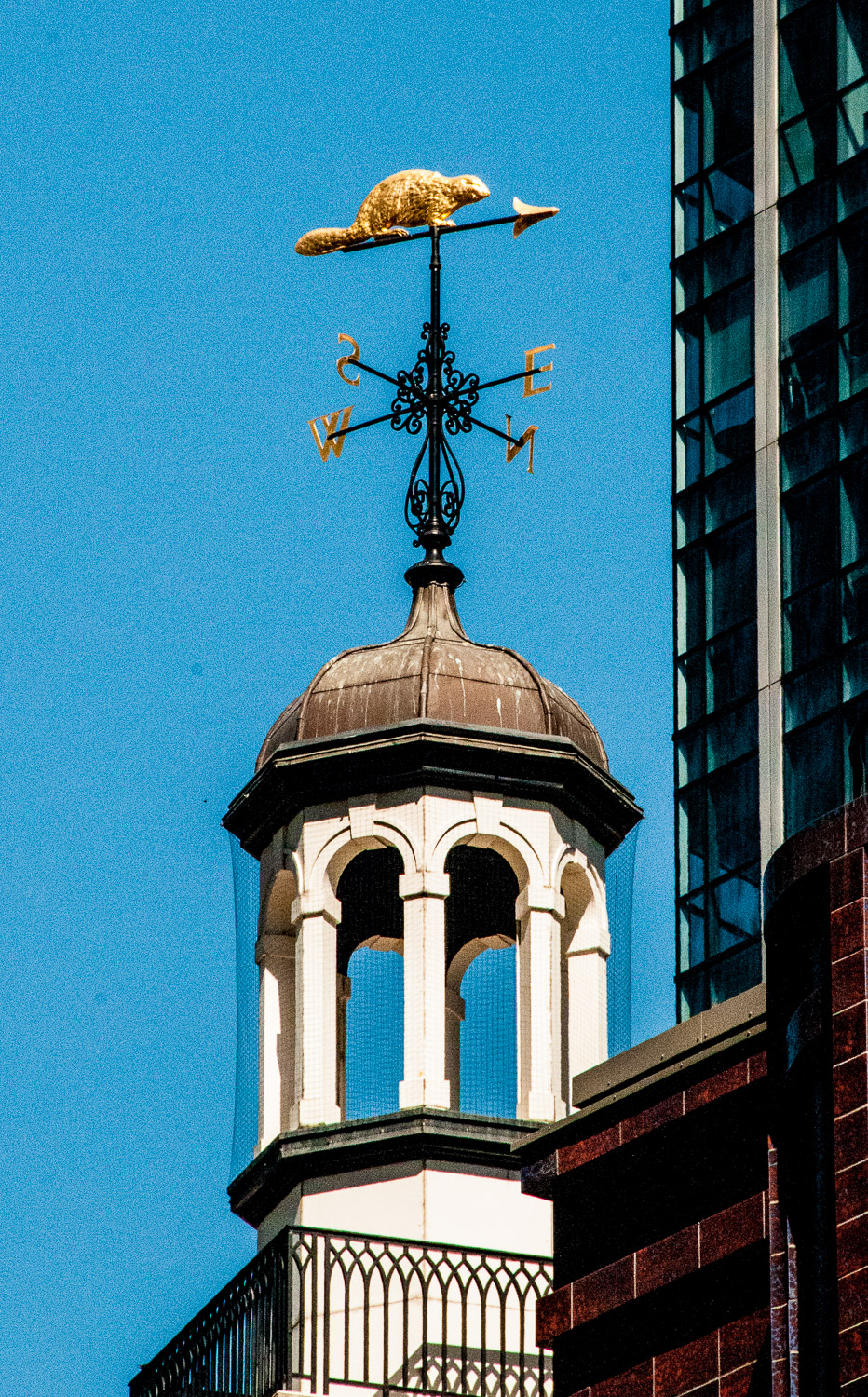
A golden rodent looks out across Bishopsgate.
Wander down to the end of New Street off Bishopsgate (EC2M 4TP) and you will find this ram over the gateway leading to Cock Hill …
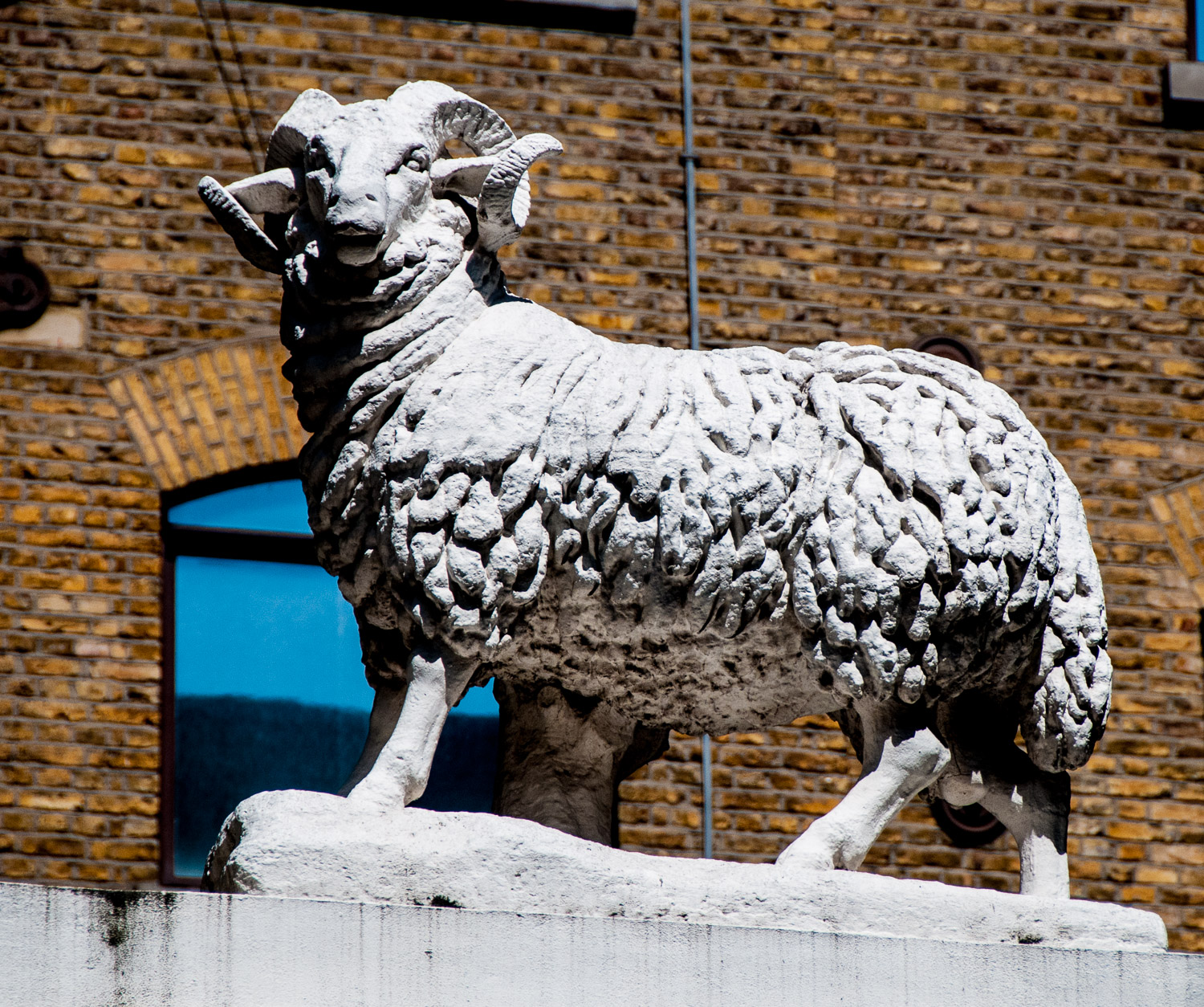
It’s by an unknown sculptor, dates from the 186os and used to stand over the entrance to Cooper’s wool warehouse.
Outside 68 Lombard Street there hangs an astonishing five foot long grasshopper (EC3V 9LJ) the insect being derived from the coat of arms of the Gresham family. Buildings in Lombard Street were not numbered until 1770 and so when the Greshams lived and worked there a similar sign would have been used to mark their residence …
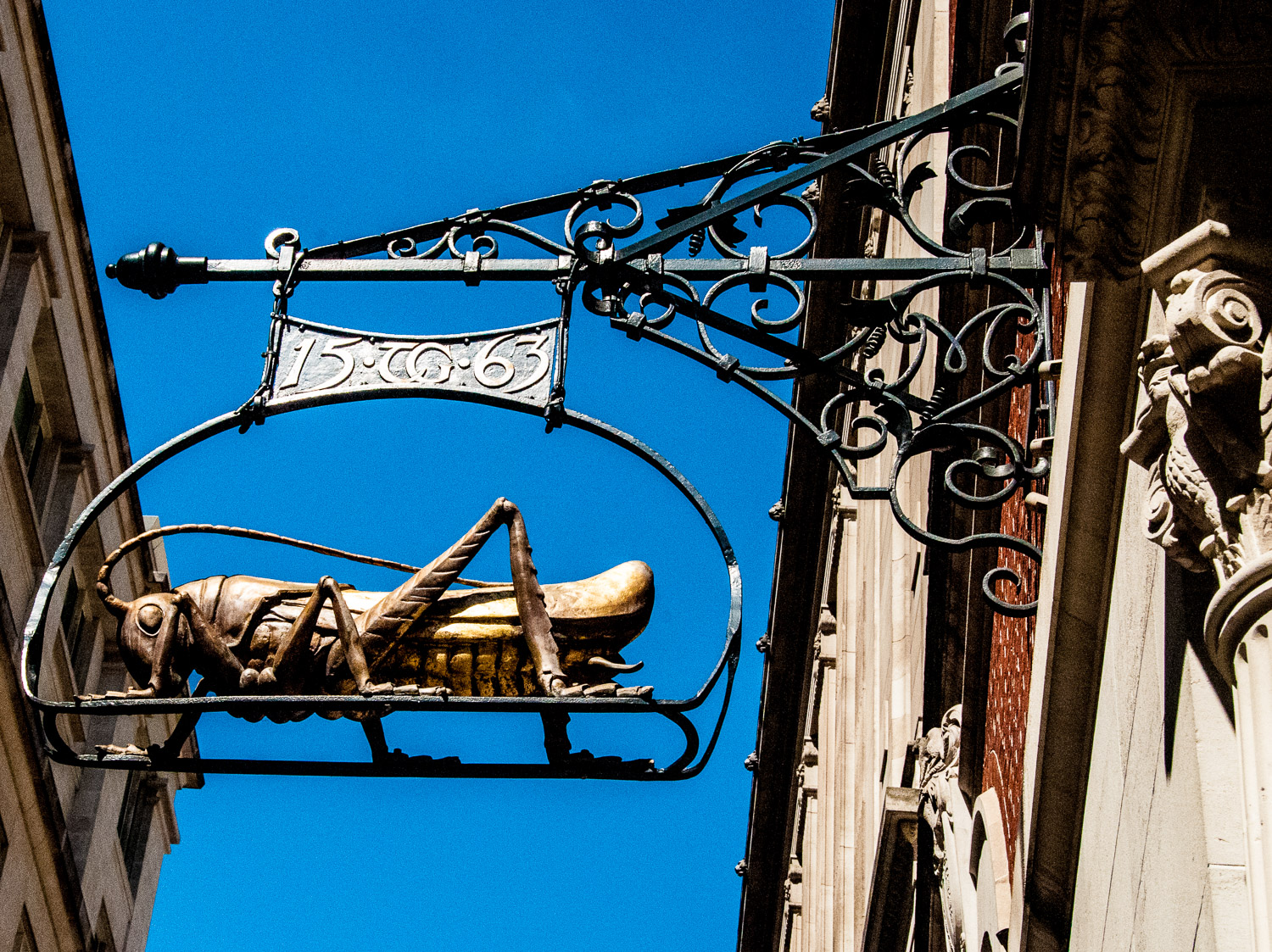
The year 1563 refers to the year Thomas Gresham (TG on the sign) set up his business here.
The present building dates from 1930 when it was destined to become the City office of Martin’s Bank (whose coat of arms included a grasshopper). The original family sign disappeared at the time of Charles II when such advertisements were banned after numerous serious accidents. They had a tendency to become detached in high winds and on one occasion pulled down the entire frontage of a building. This grasshopper dates from 1902 when a host of signs were recreated to celebrate the coronation of Edward VII.
And finally, the Sculpture in the City event has brought us this extraordinary work by Nancy Rubins. It’s called Crocodylius Philodendrus and you can view it at 1 Undershaft (EC3A 6HX).
See how many animals you can spot …
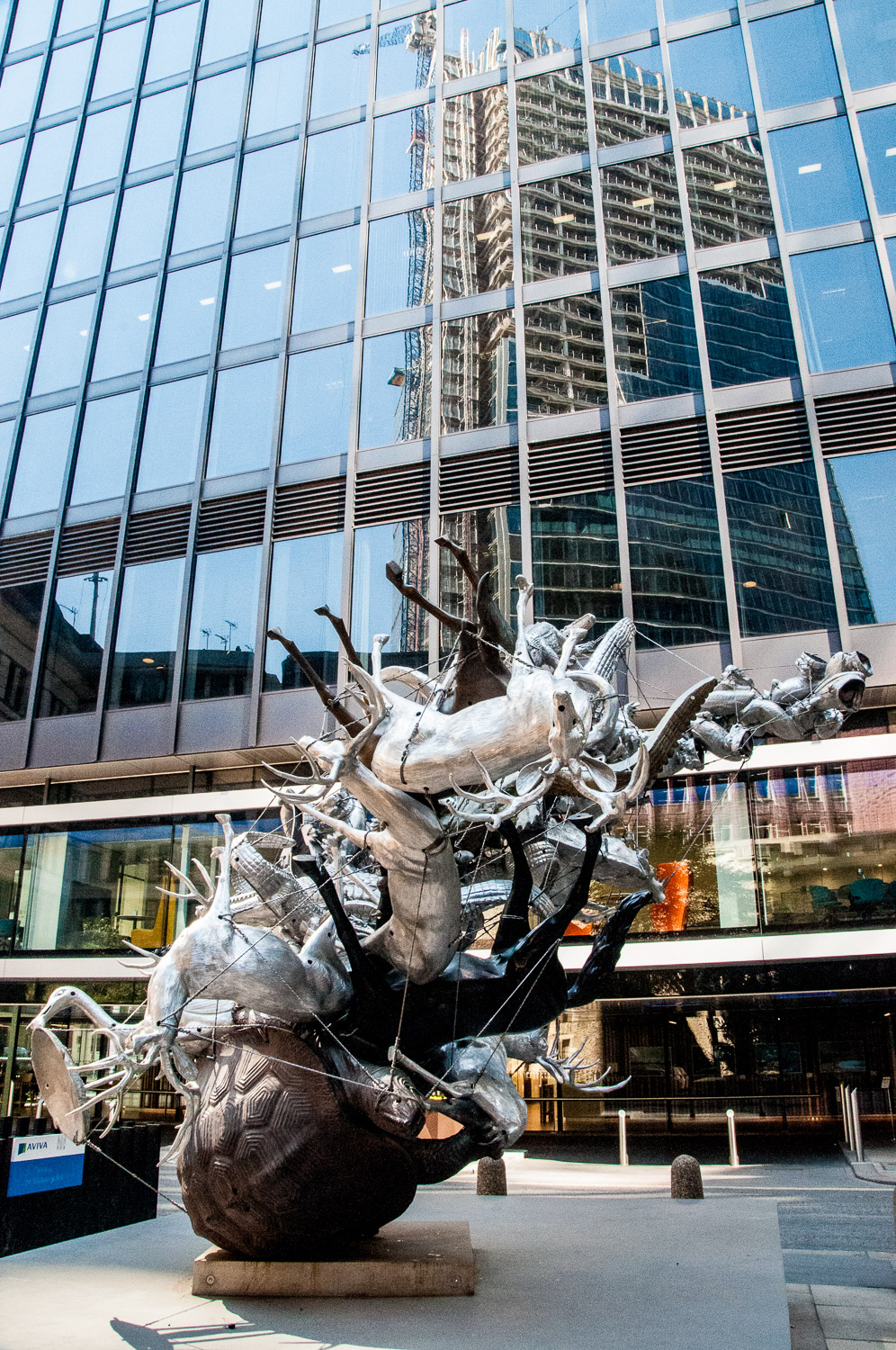
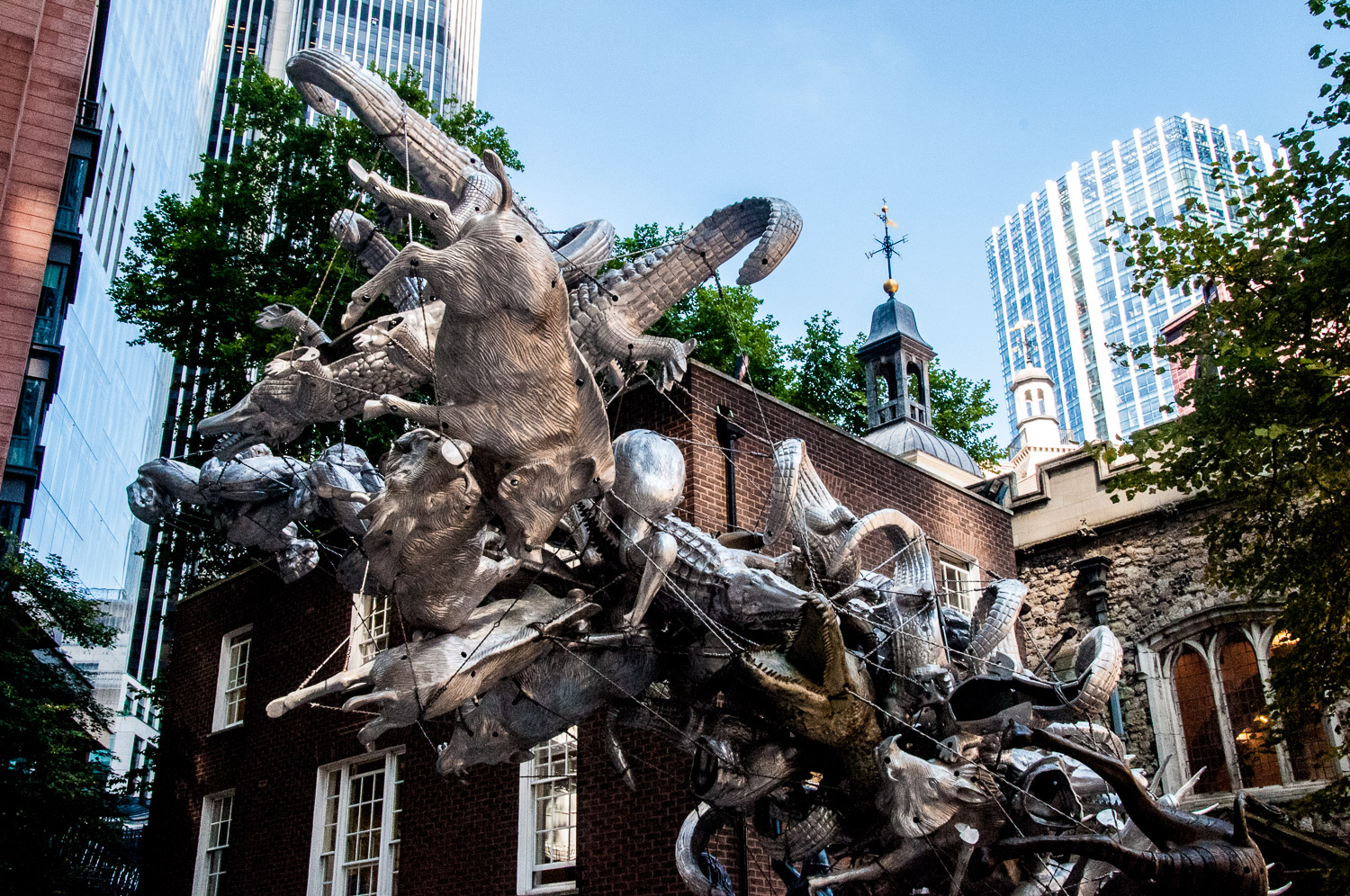
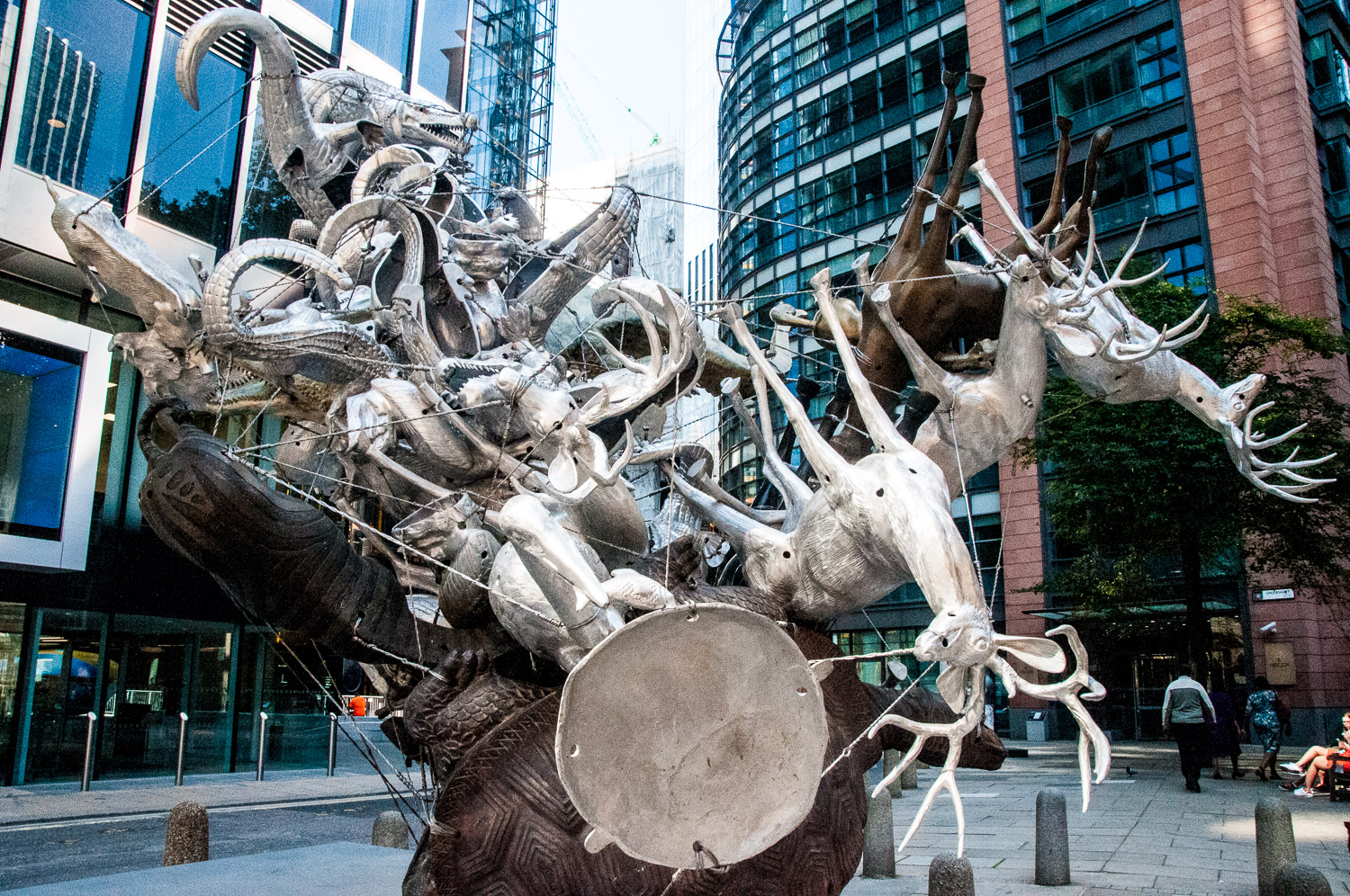
In there somewhere you will find crocodiles, hogs, deer, tortoises and a zebra.
